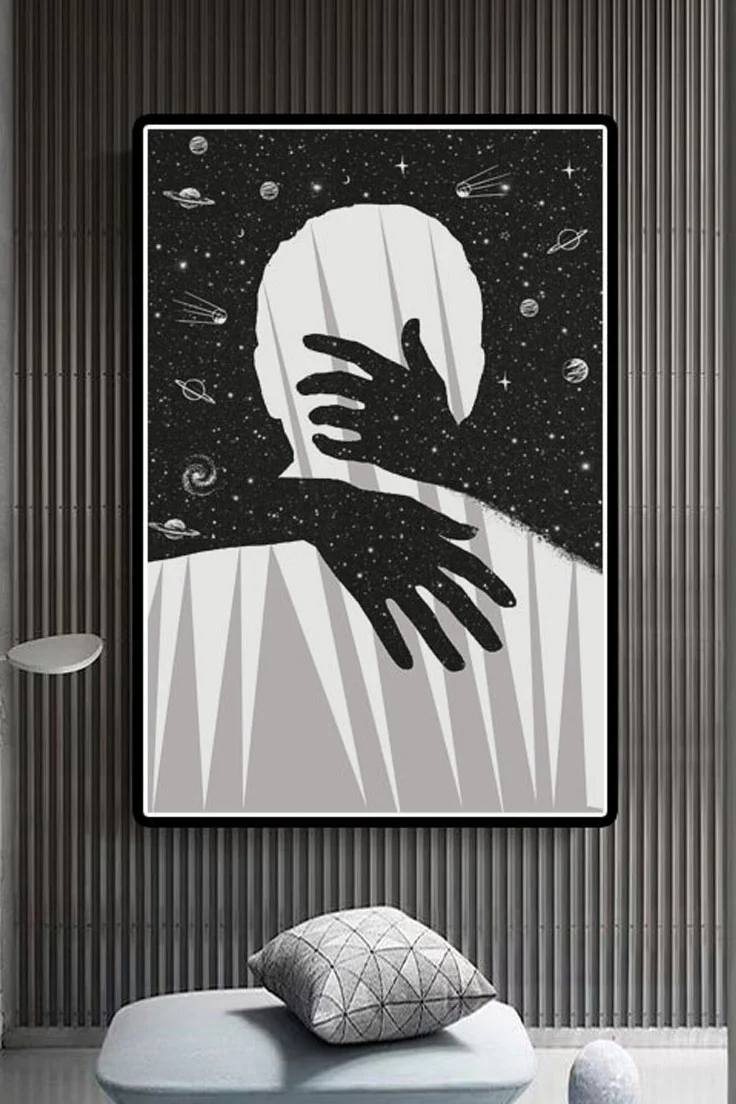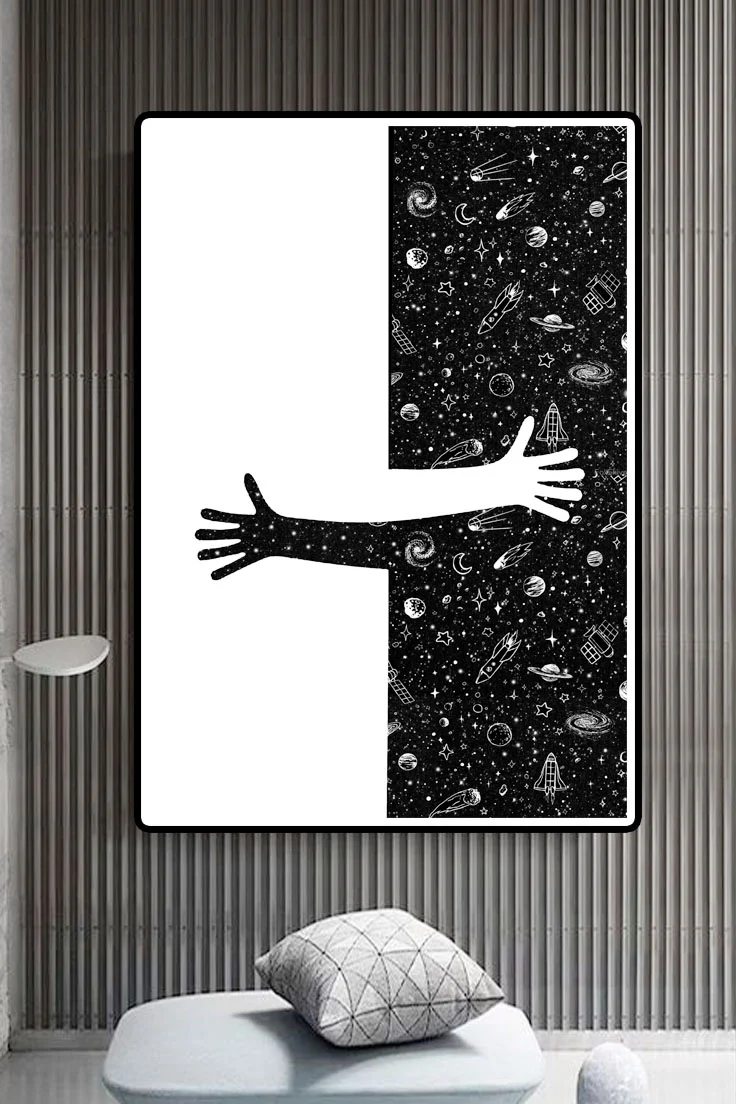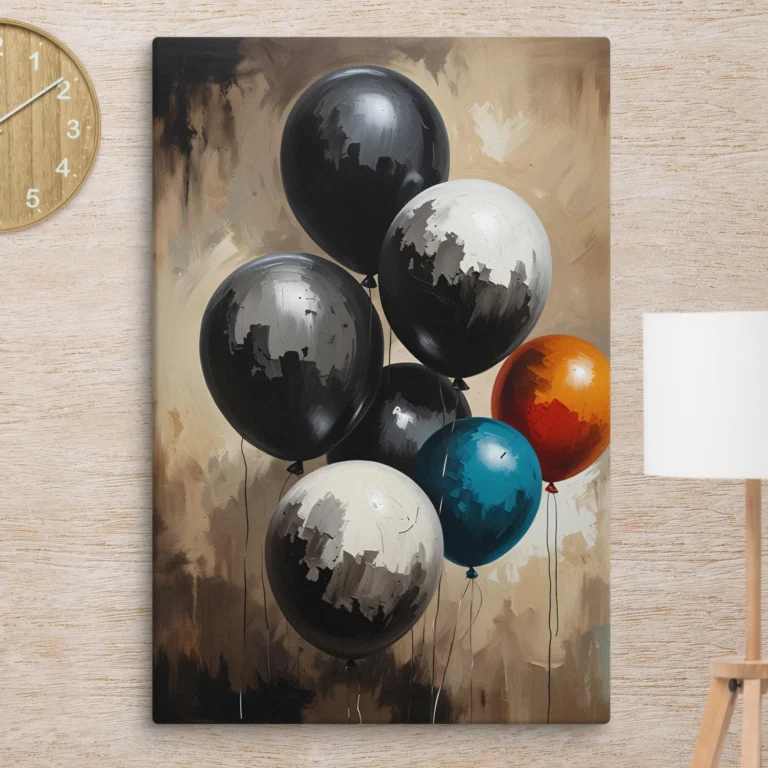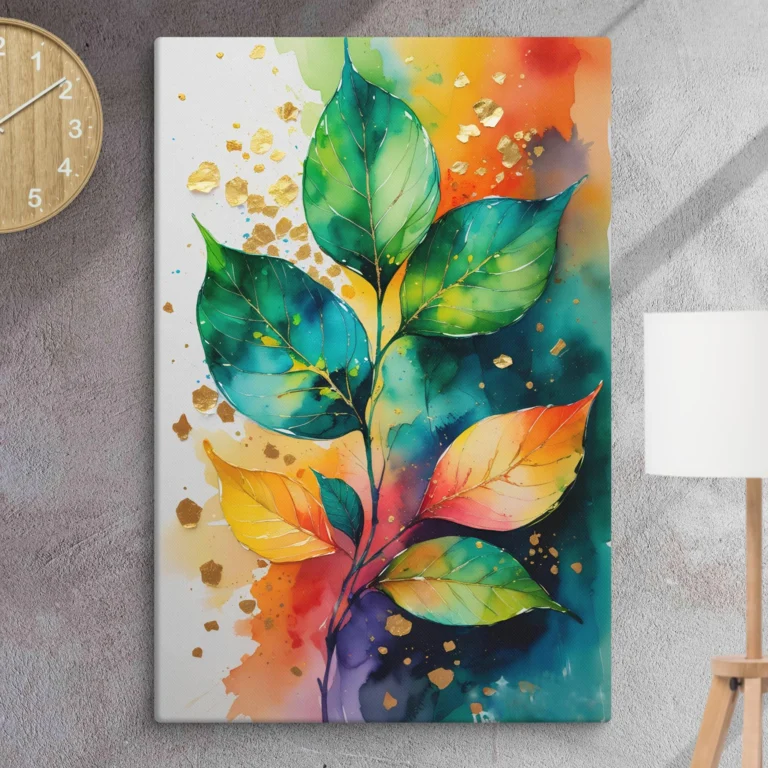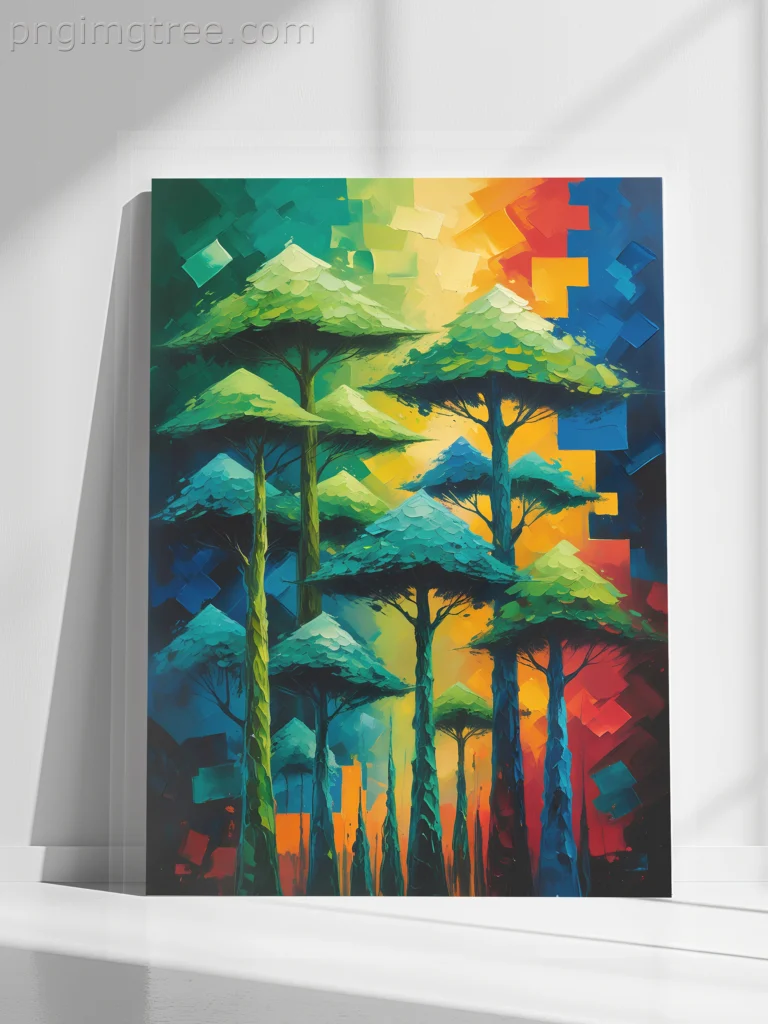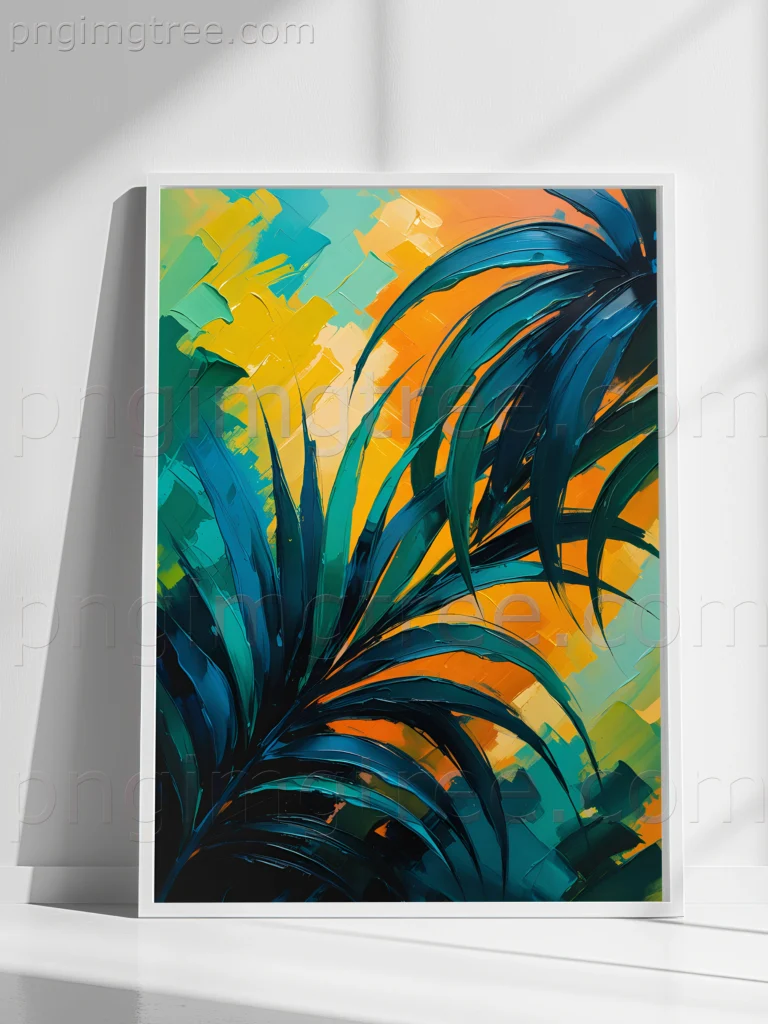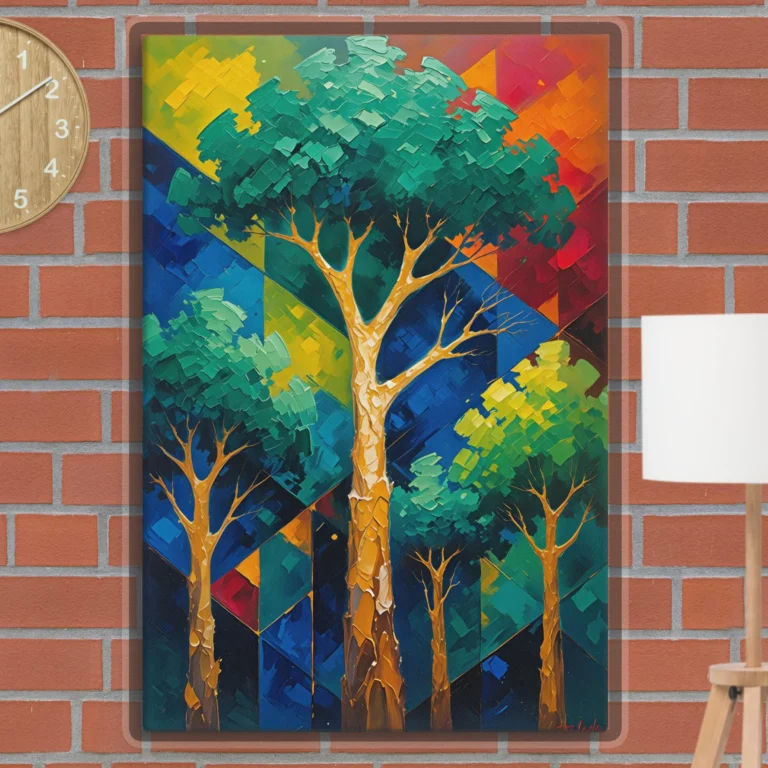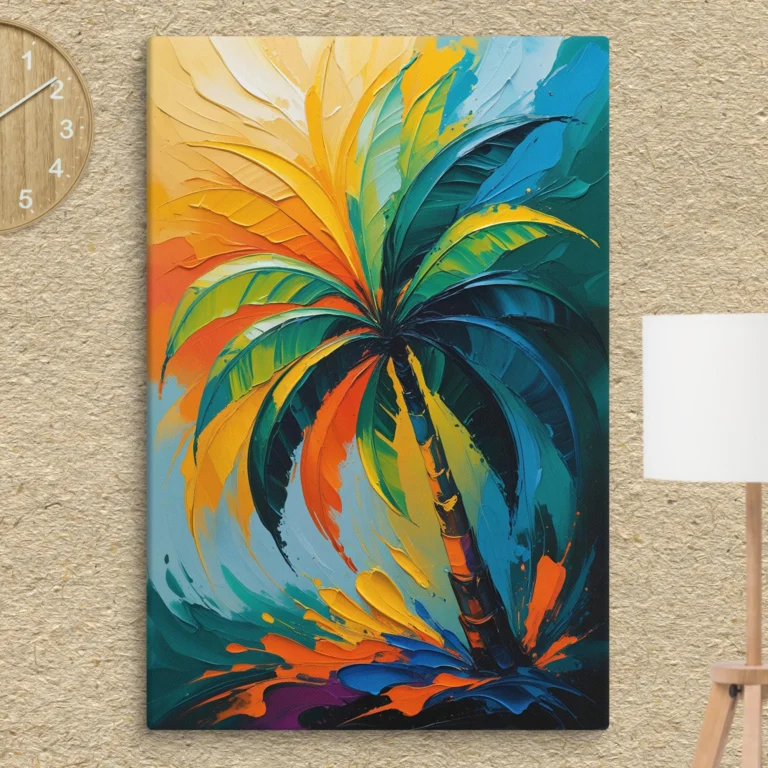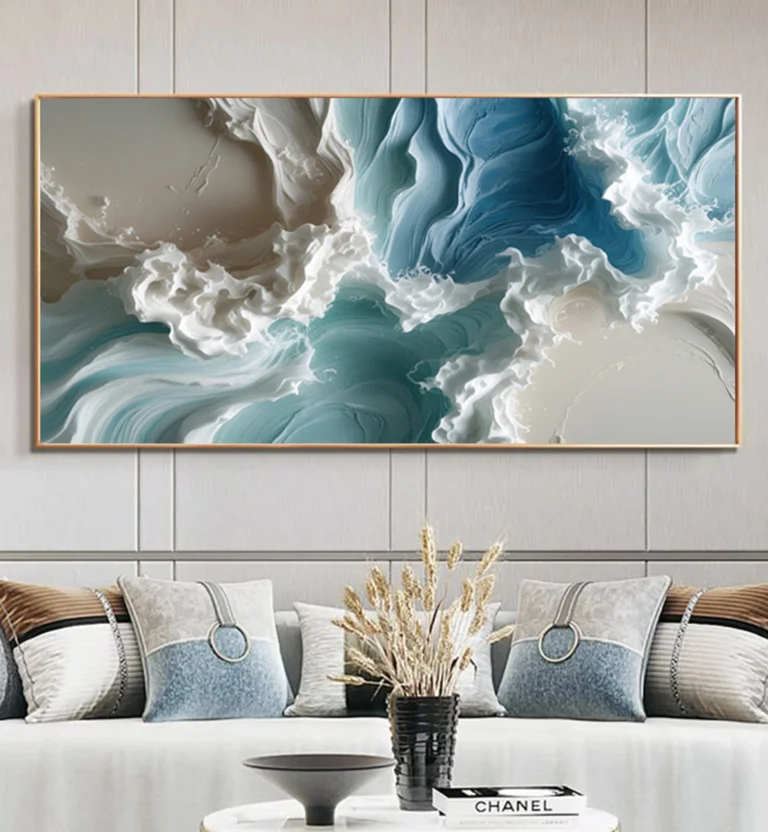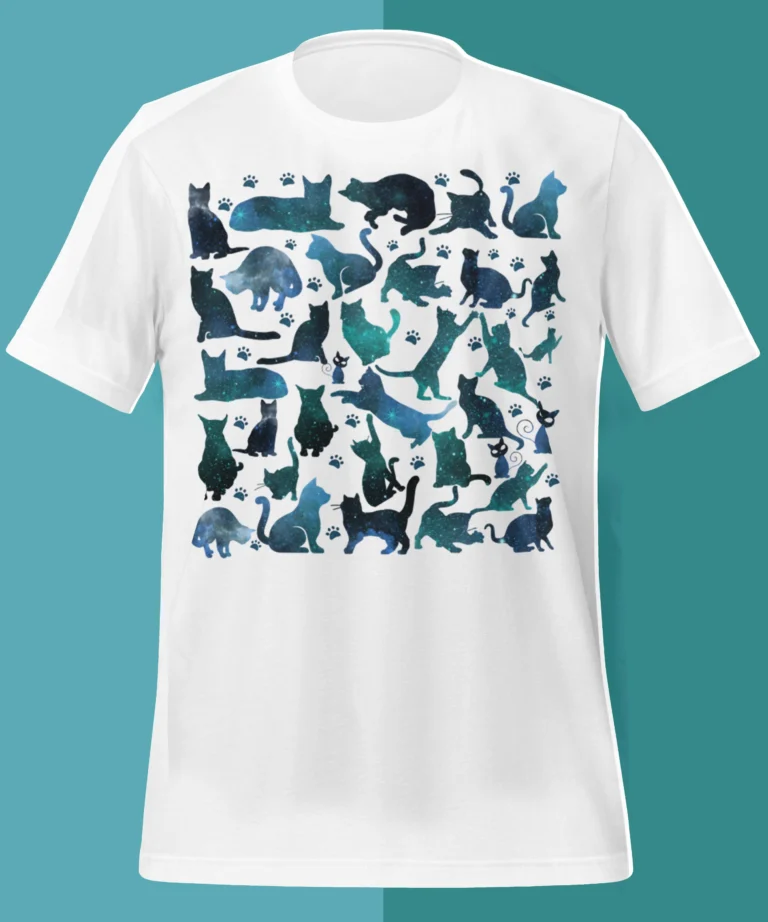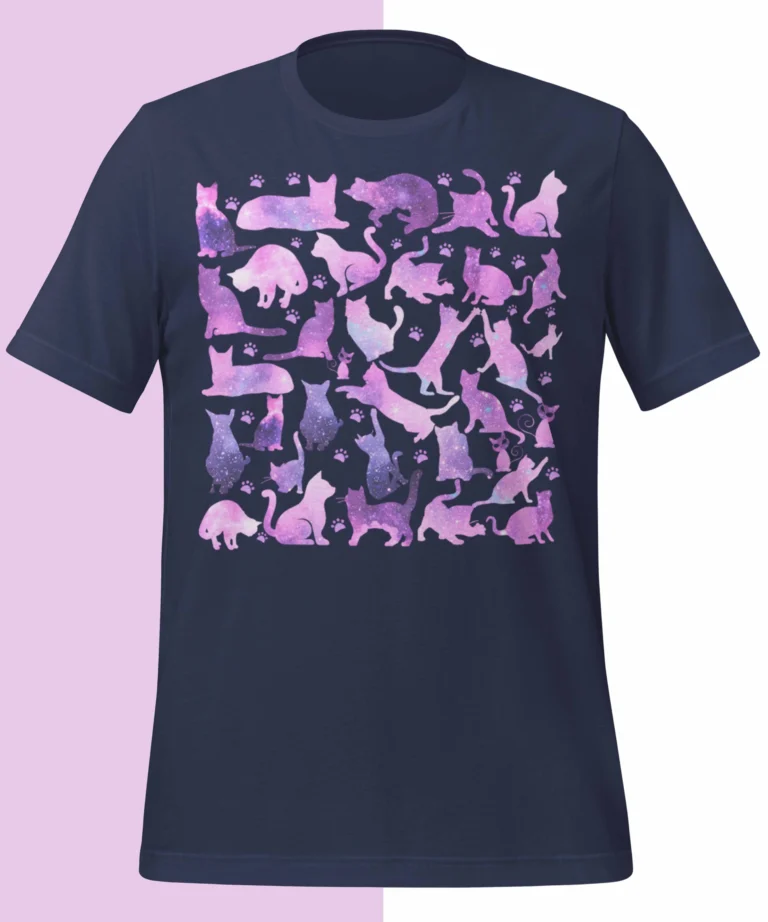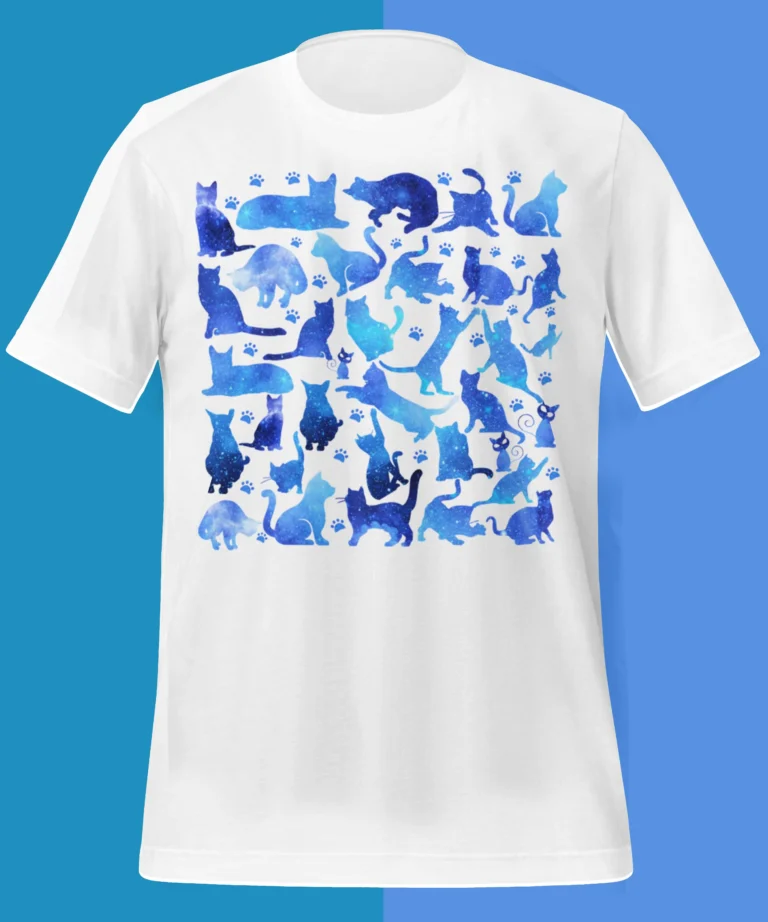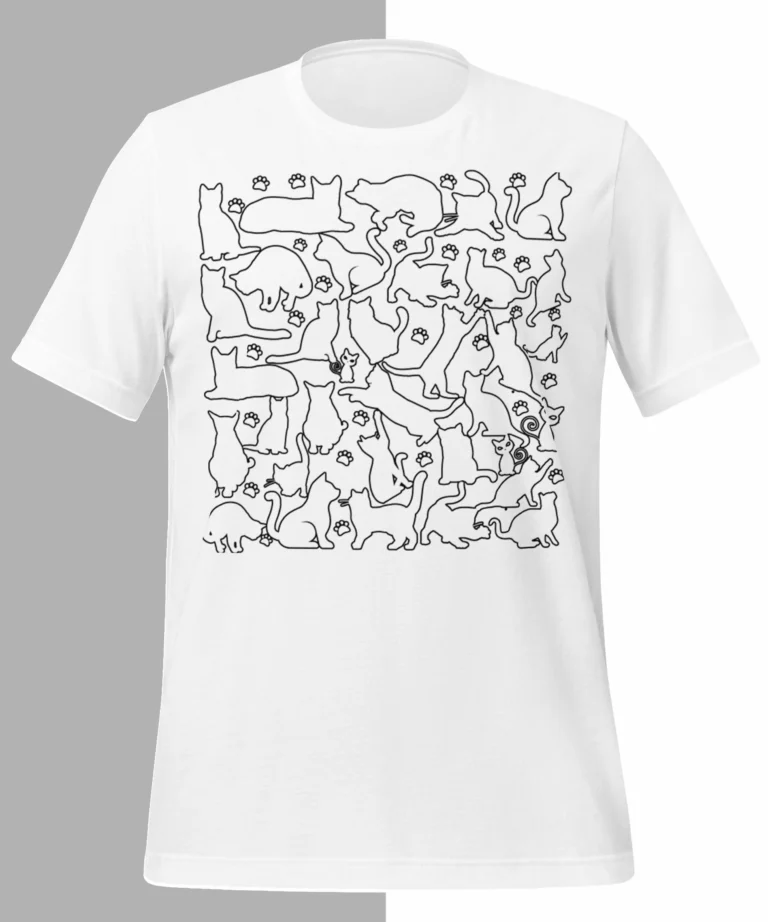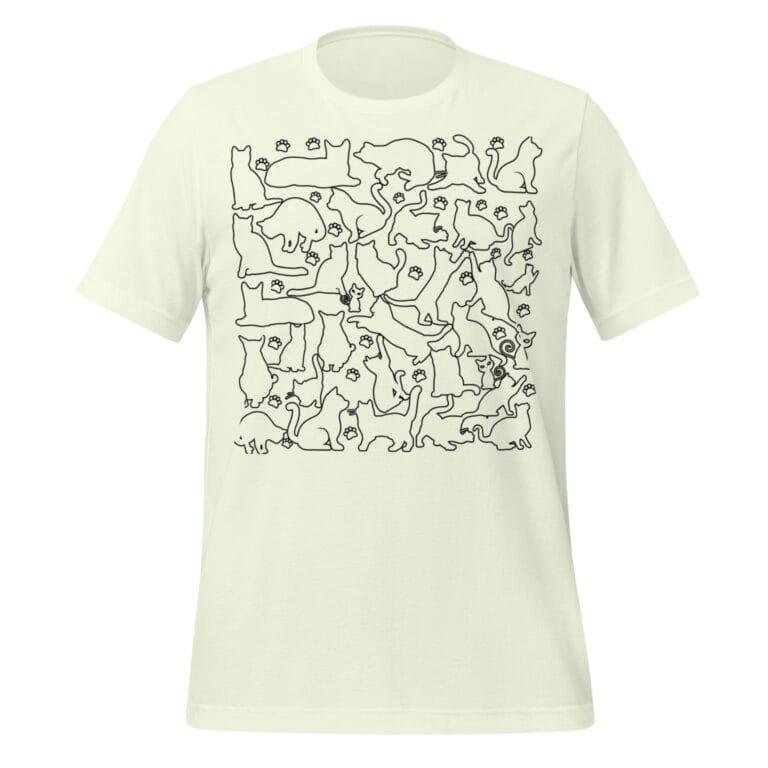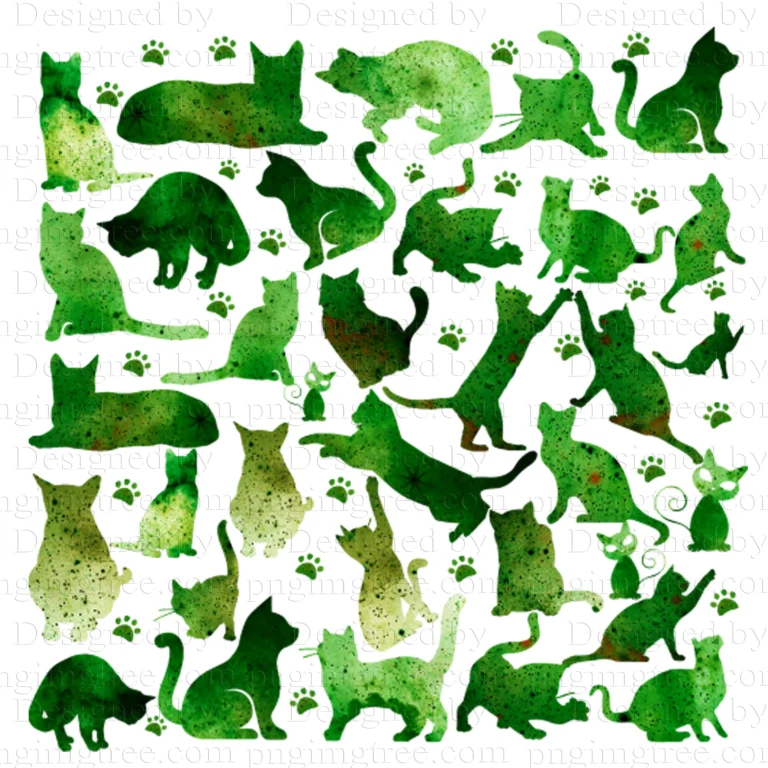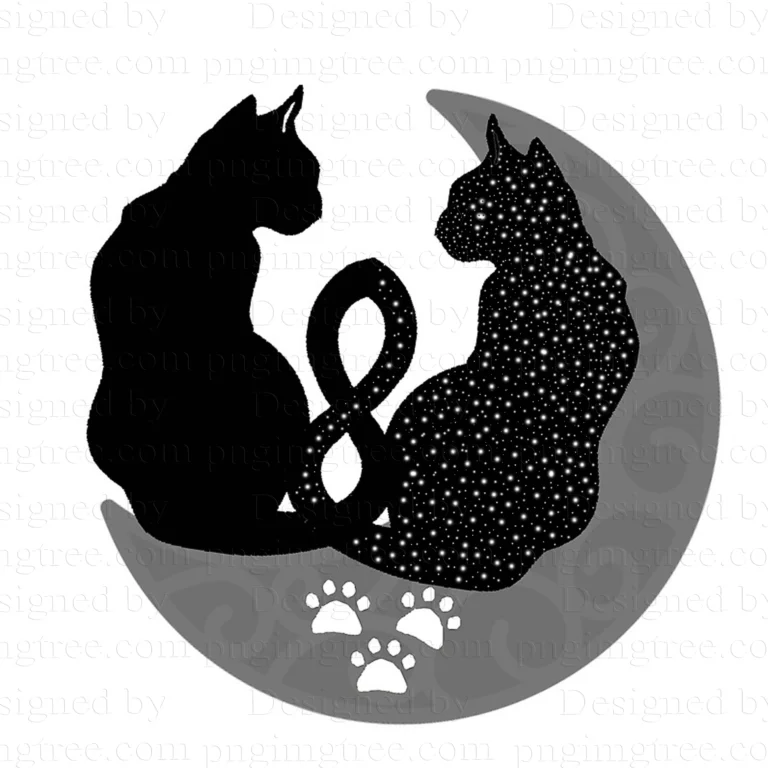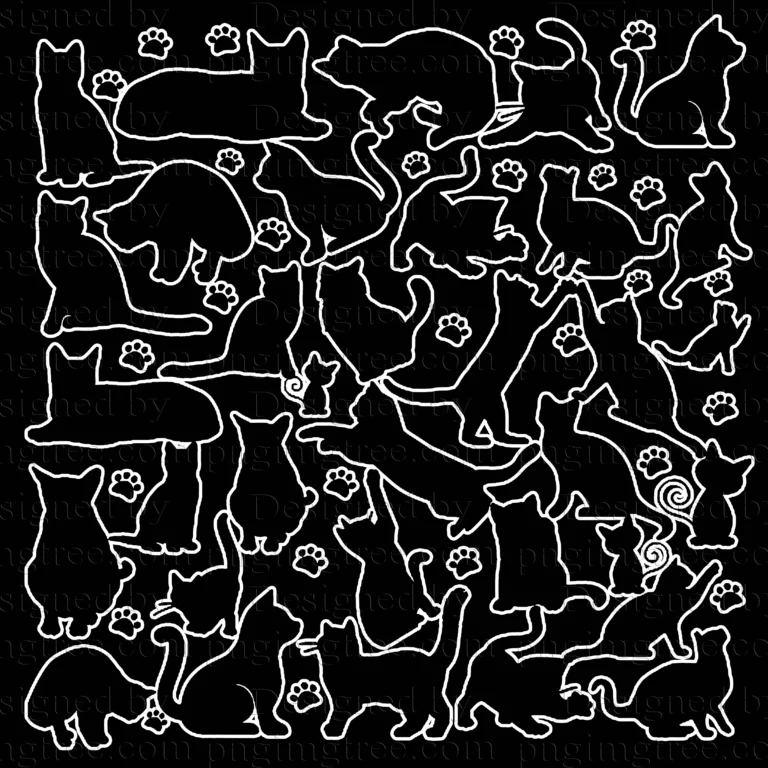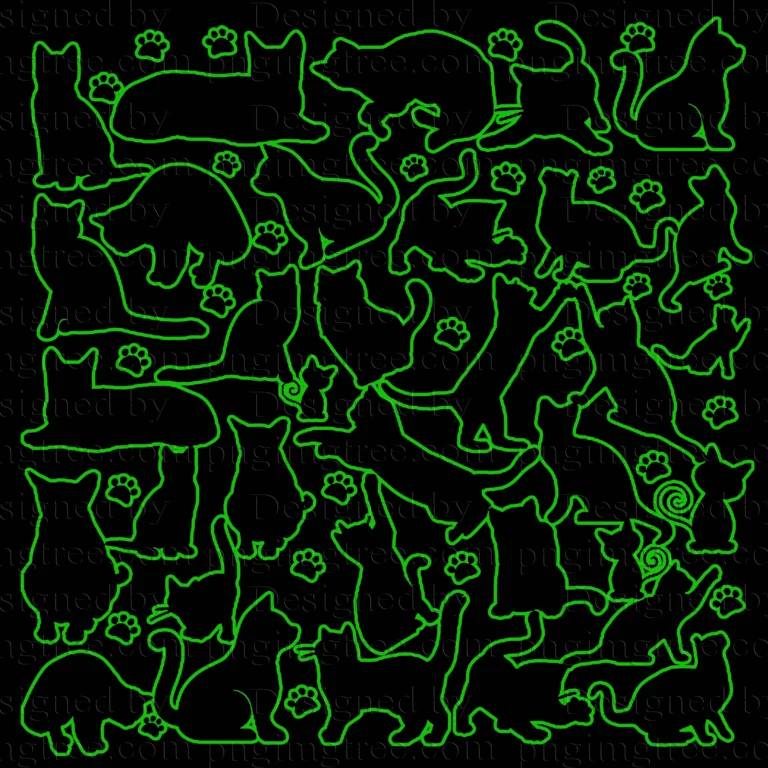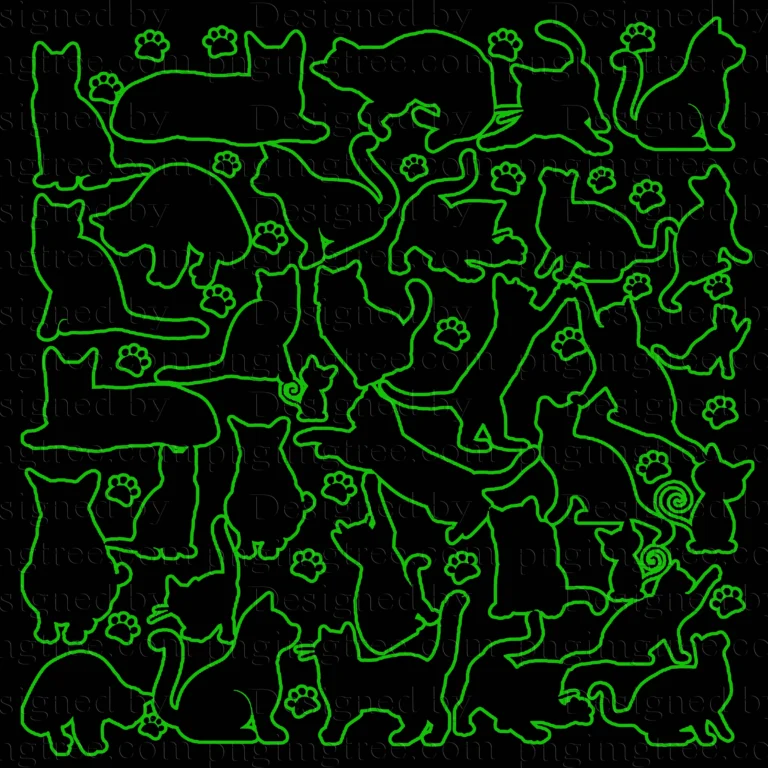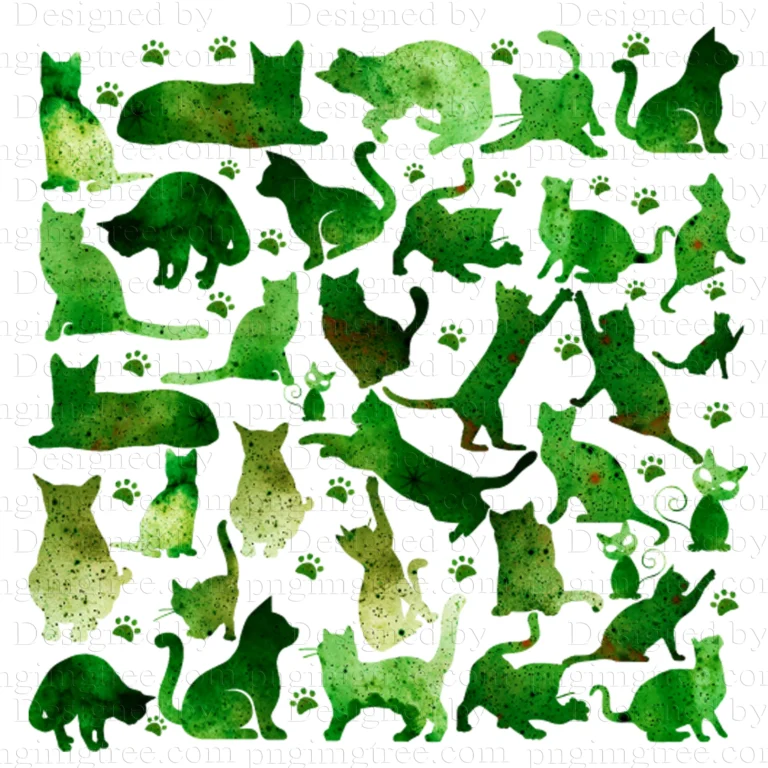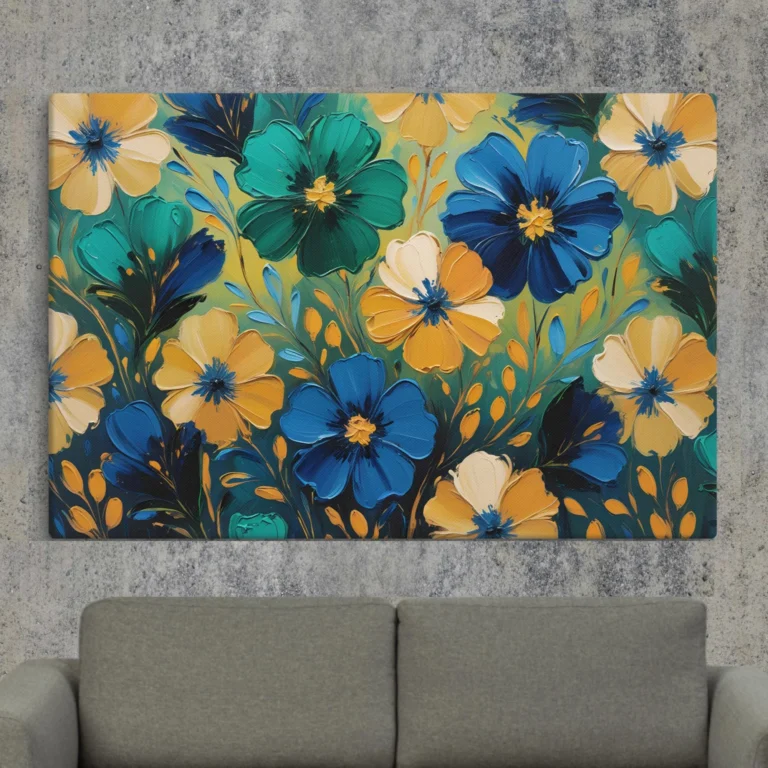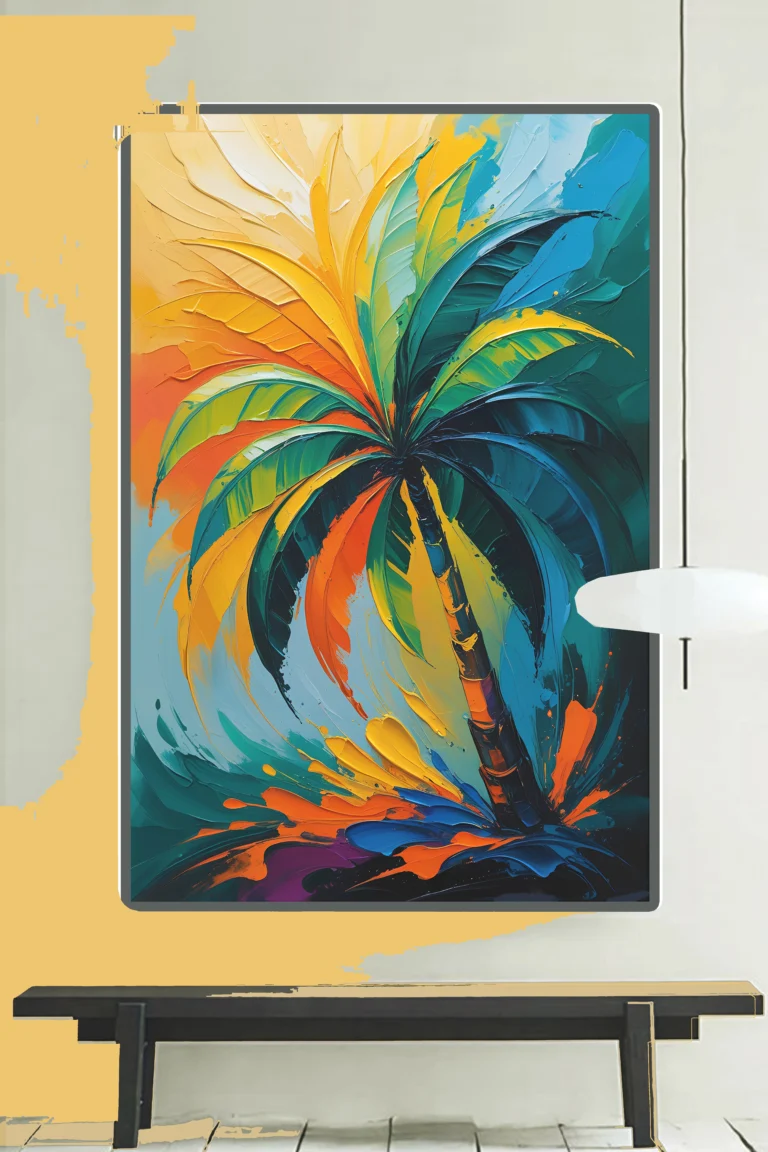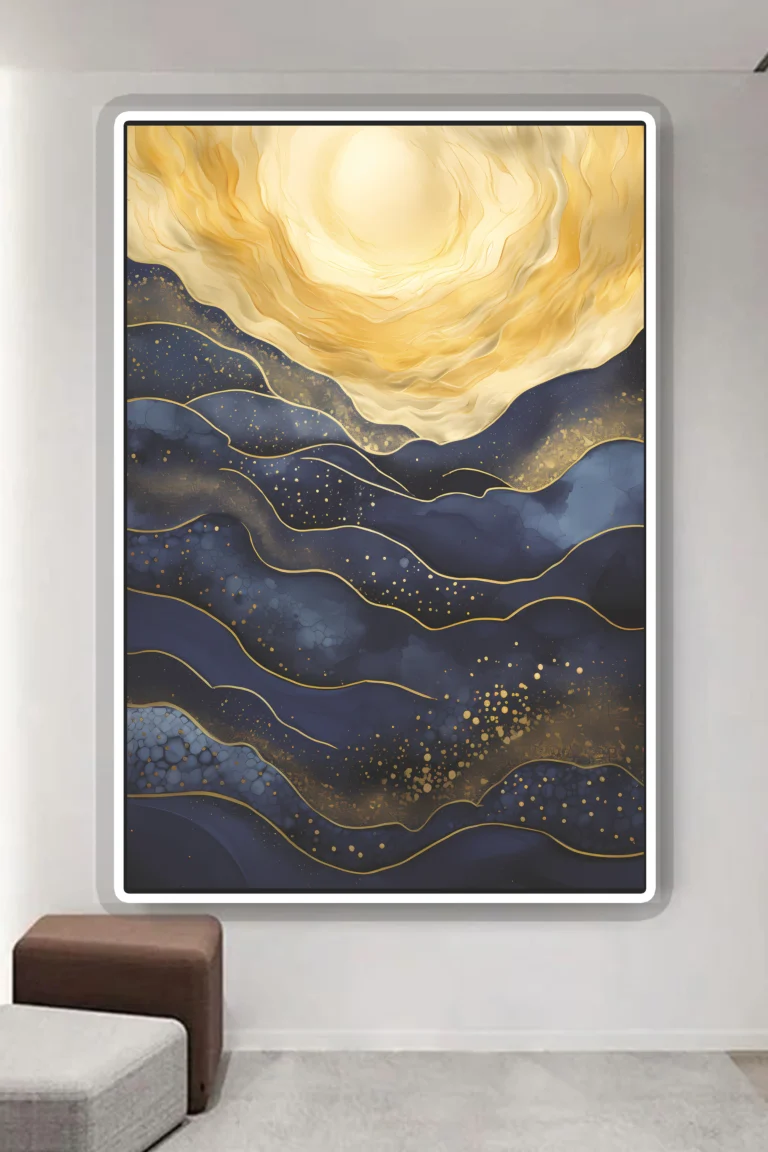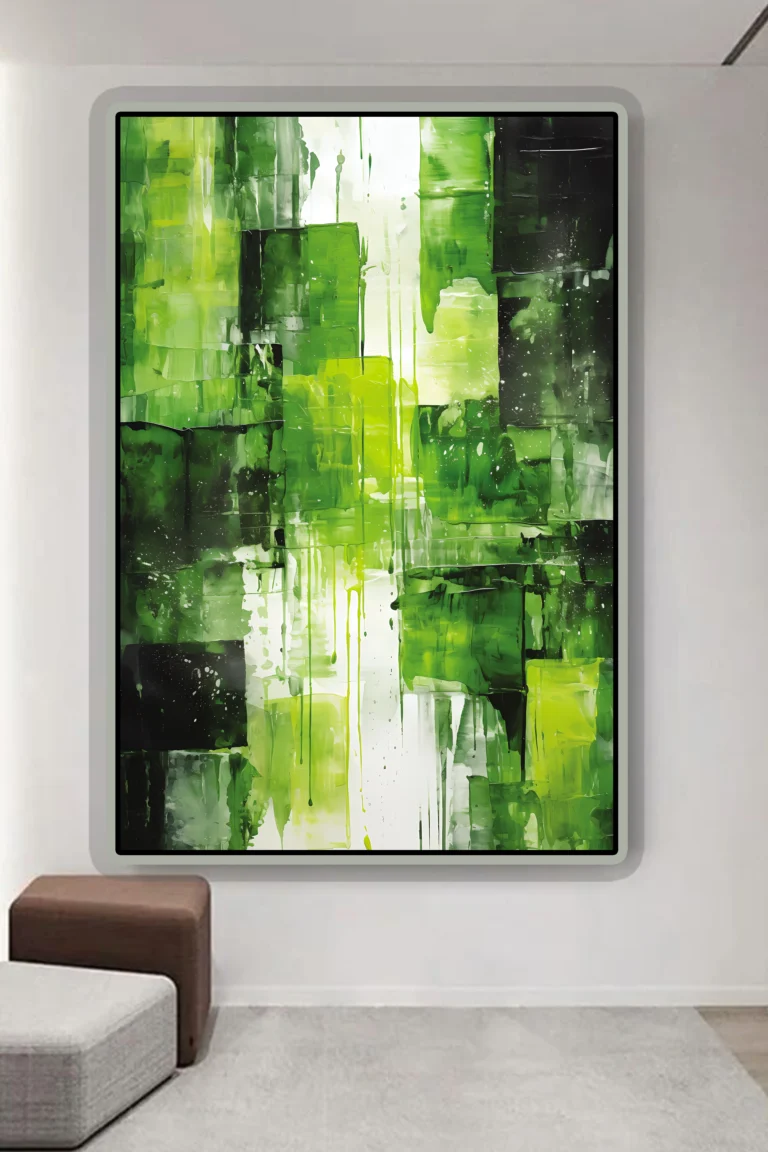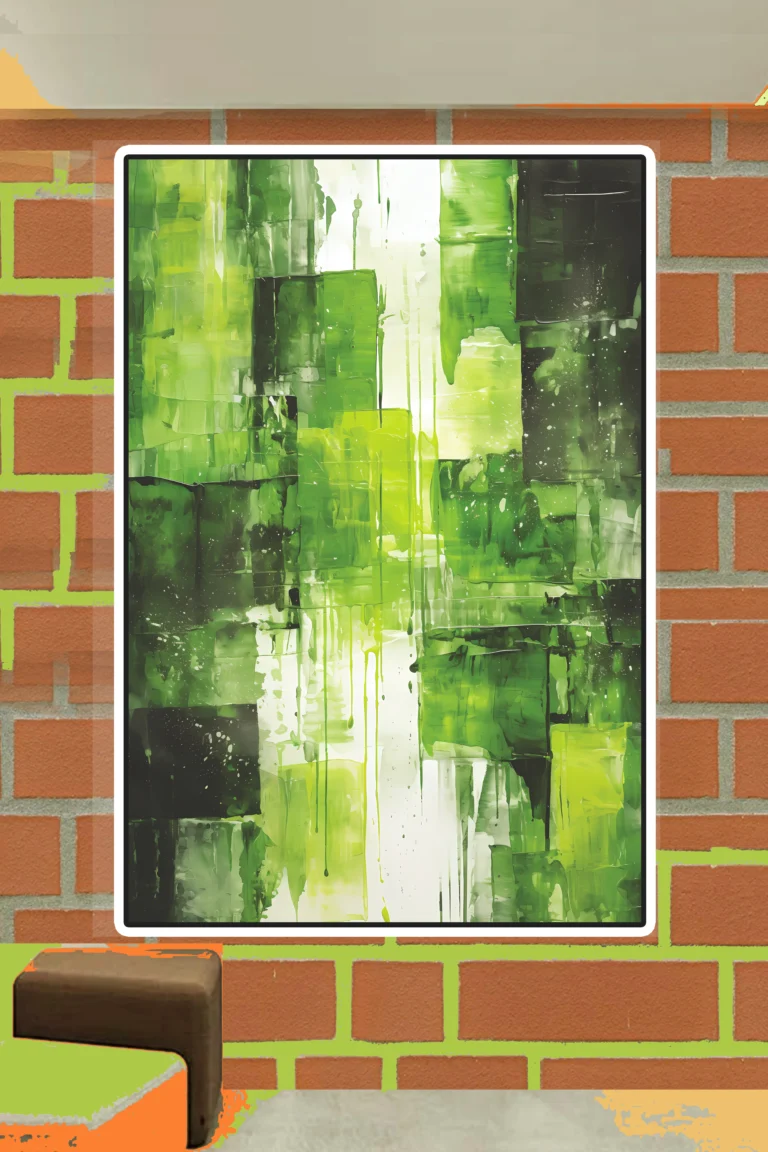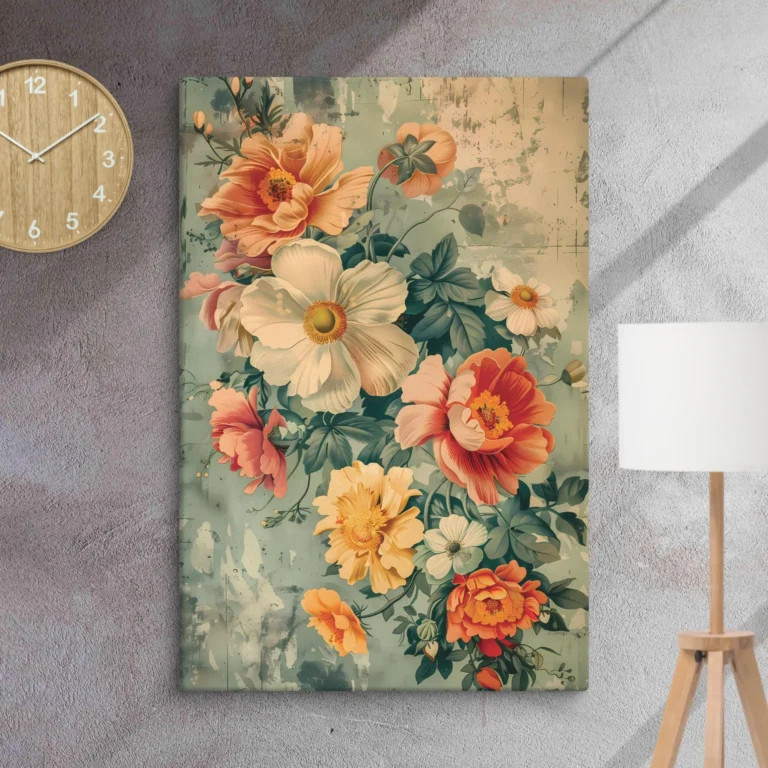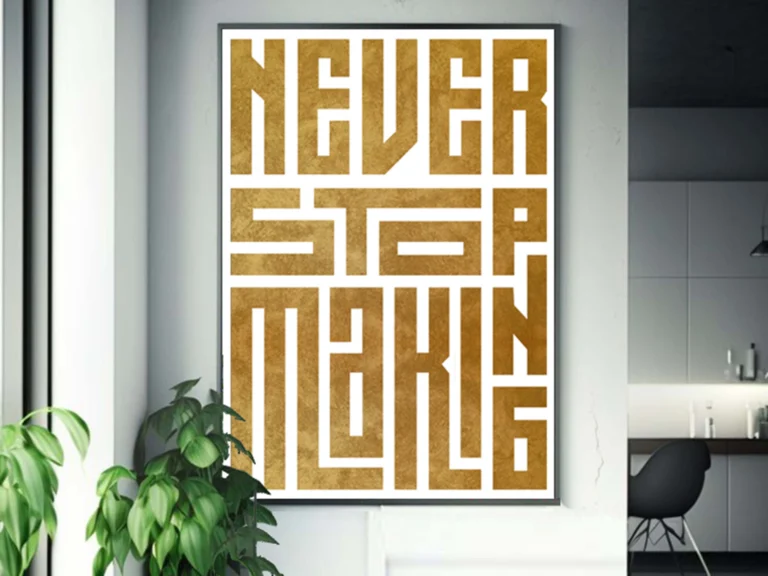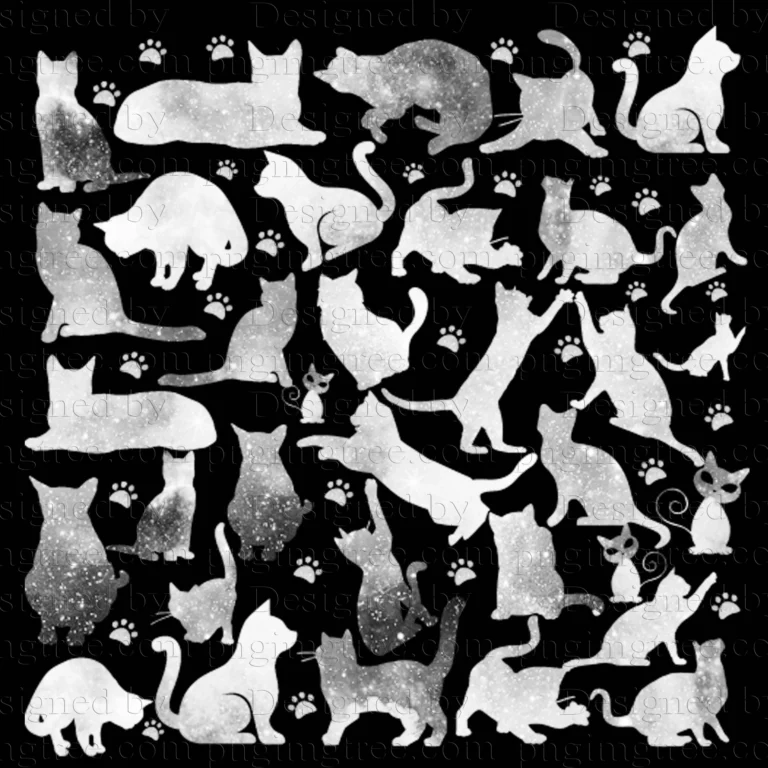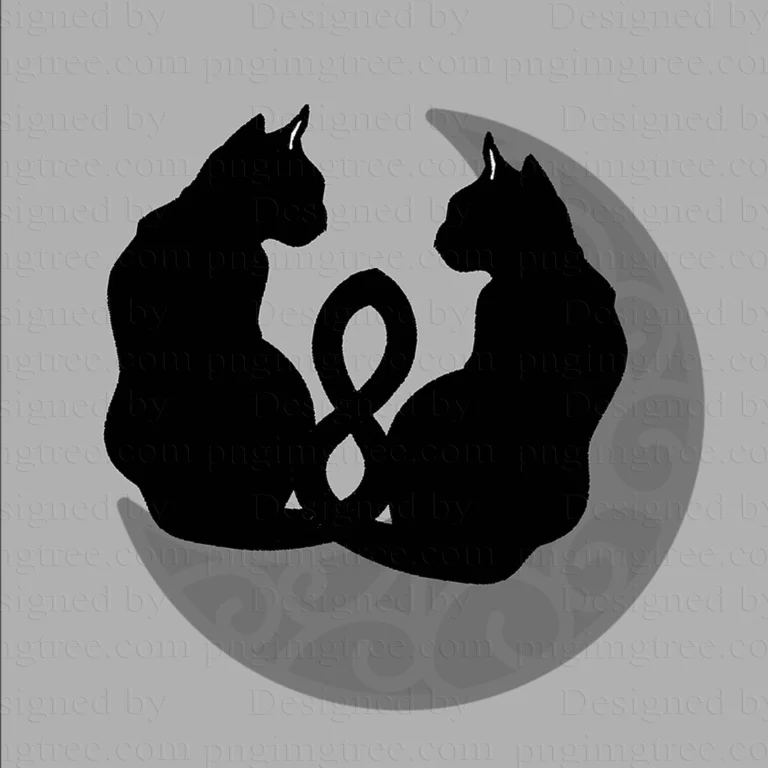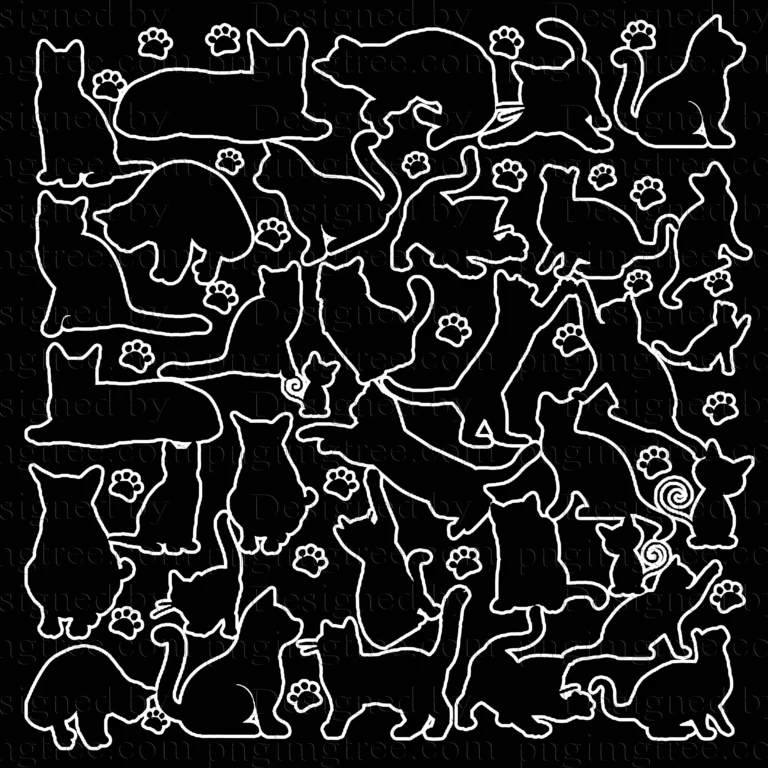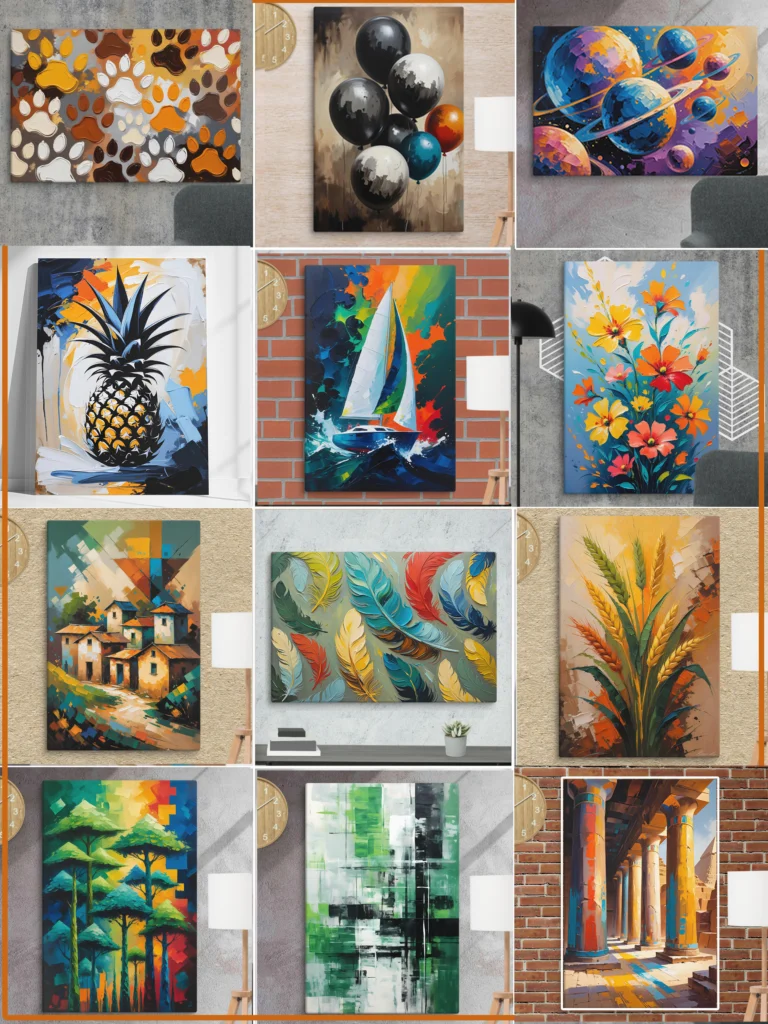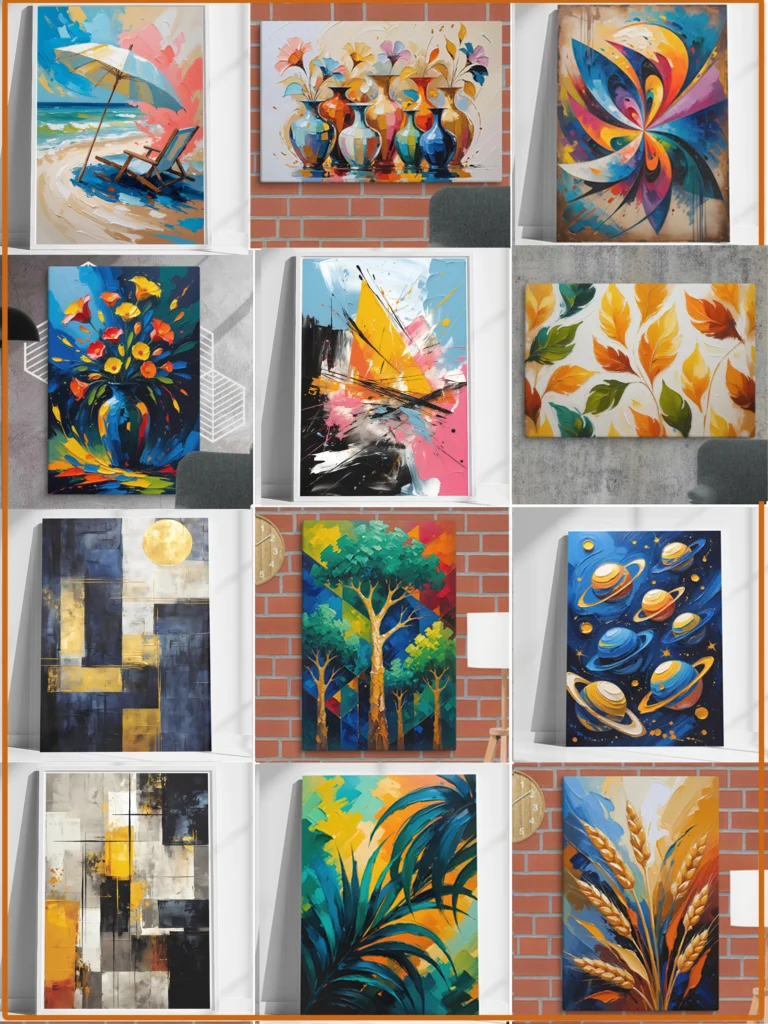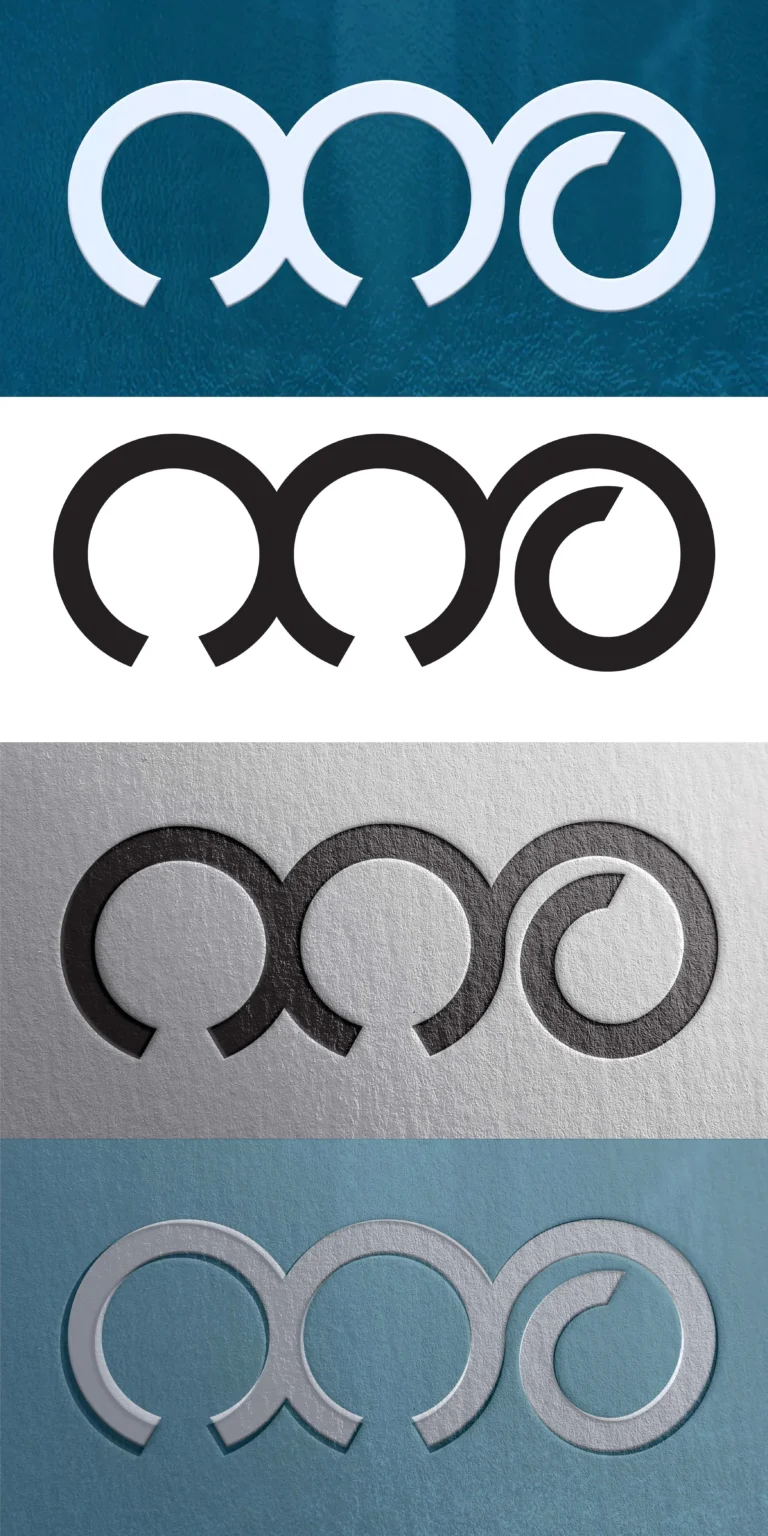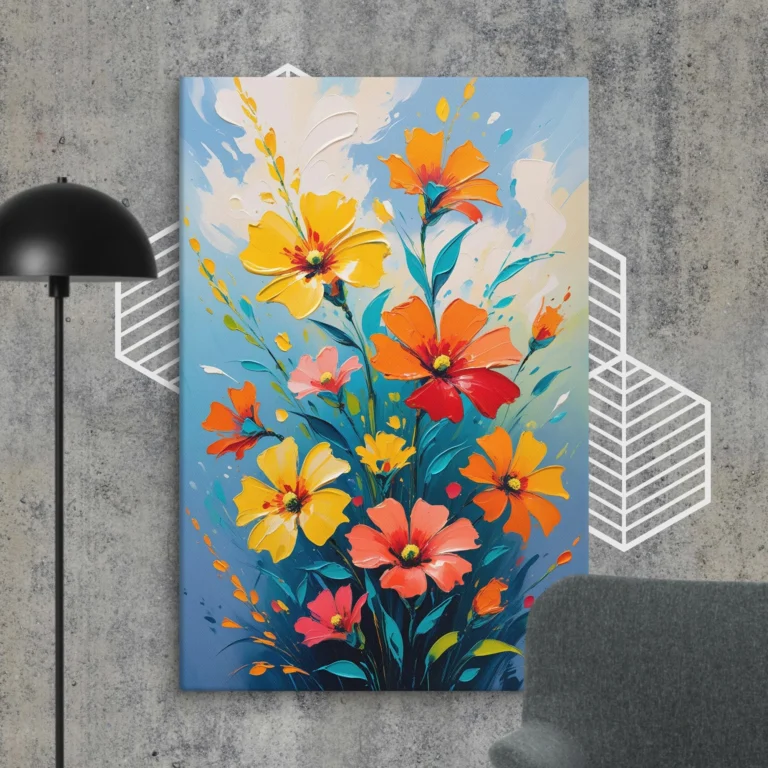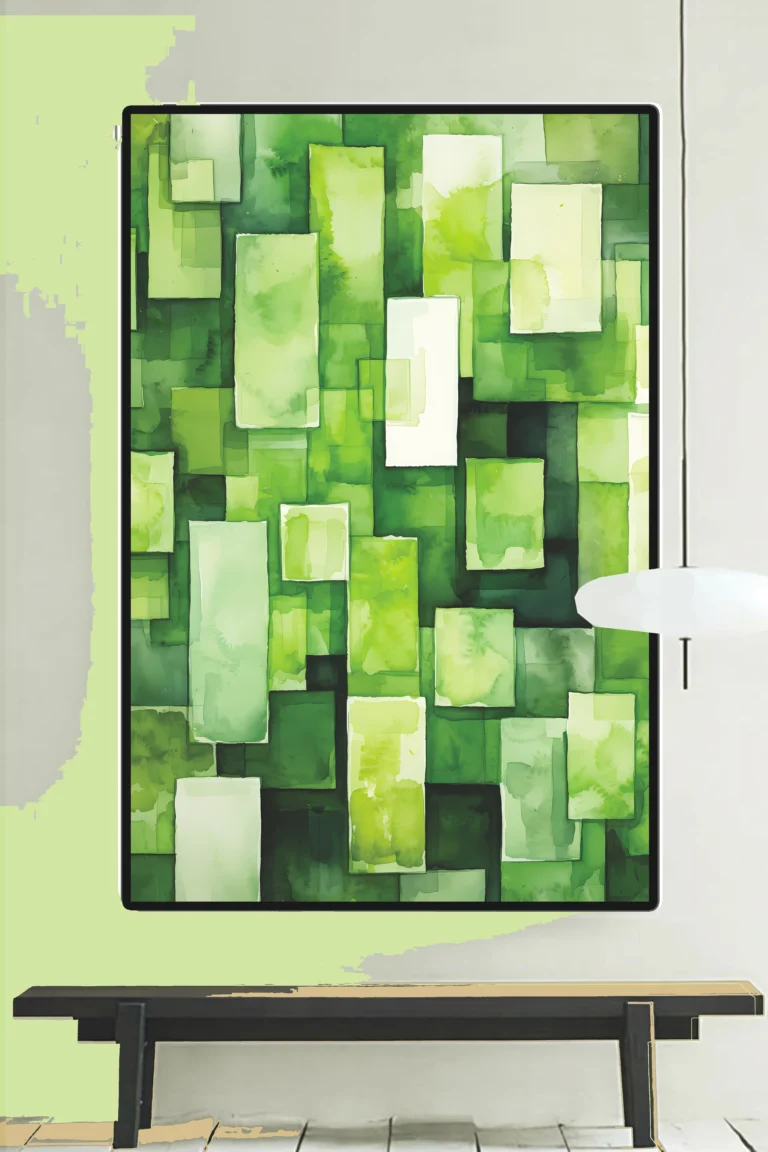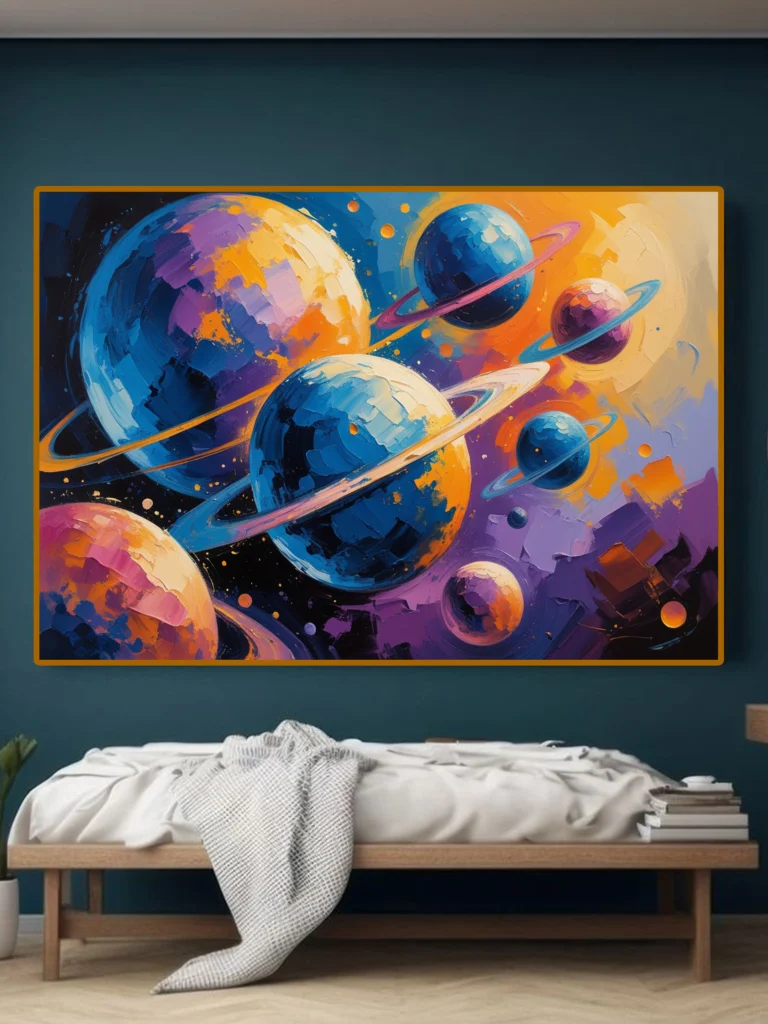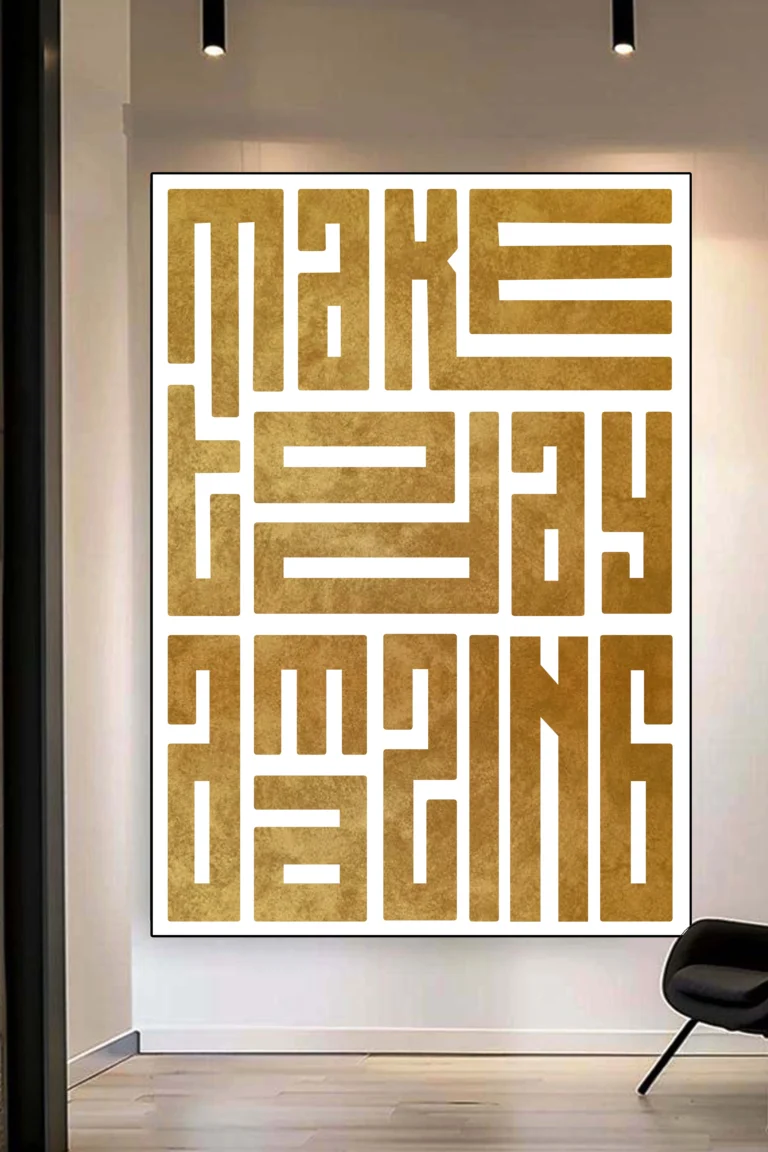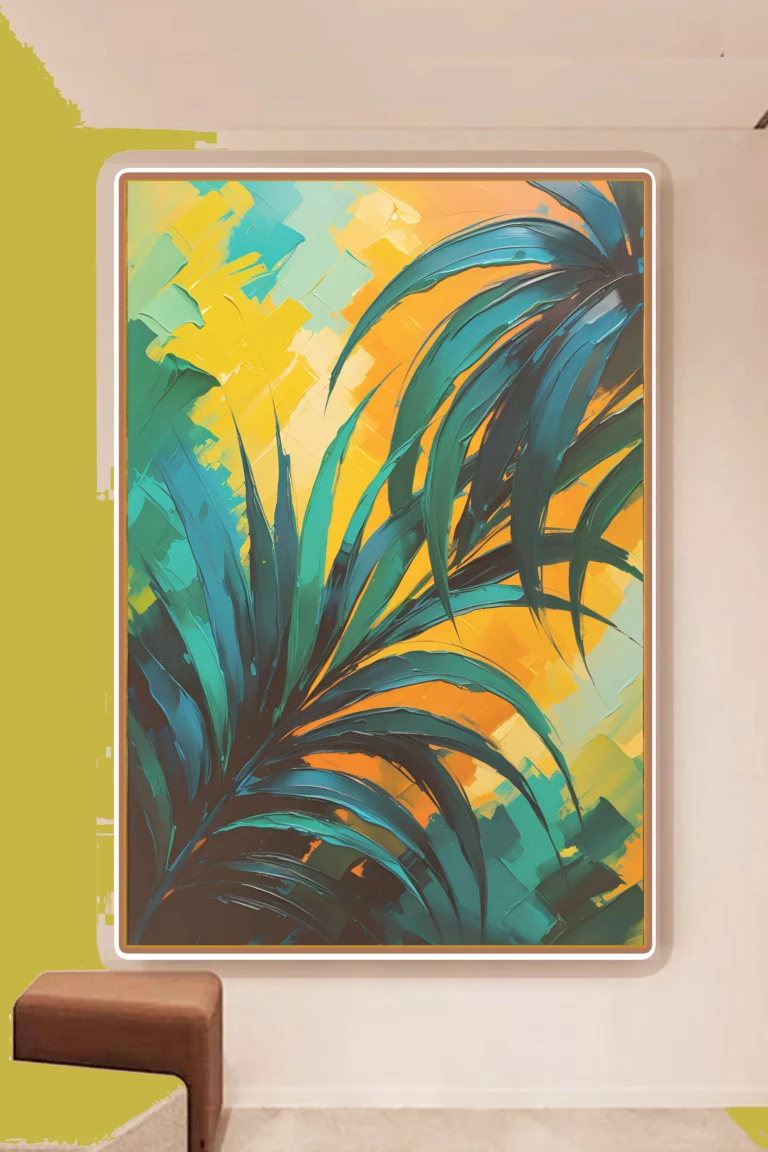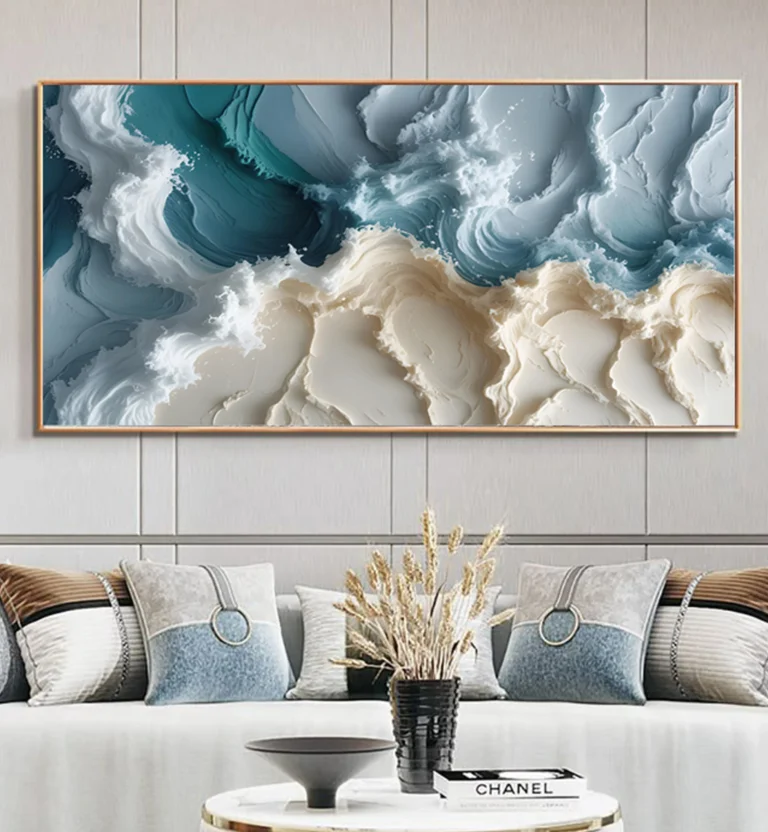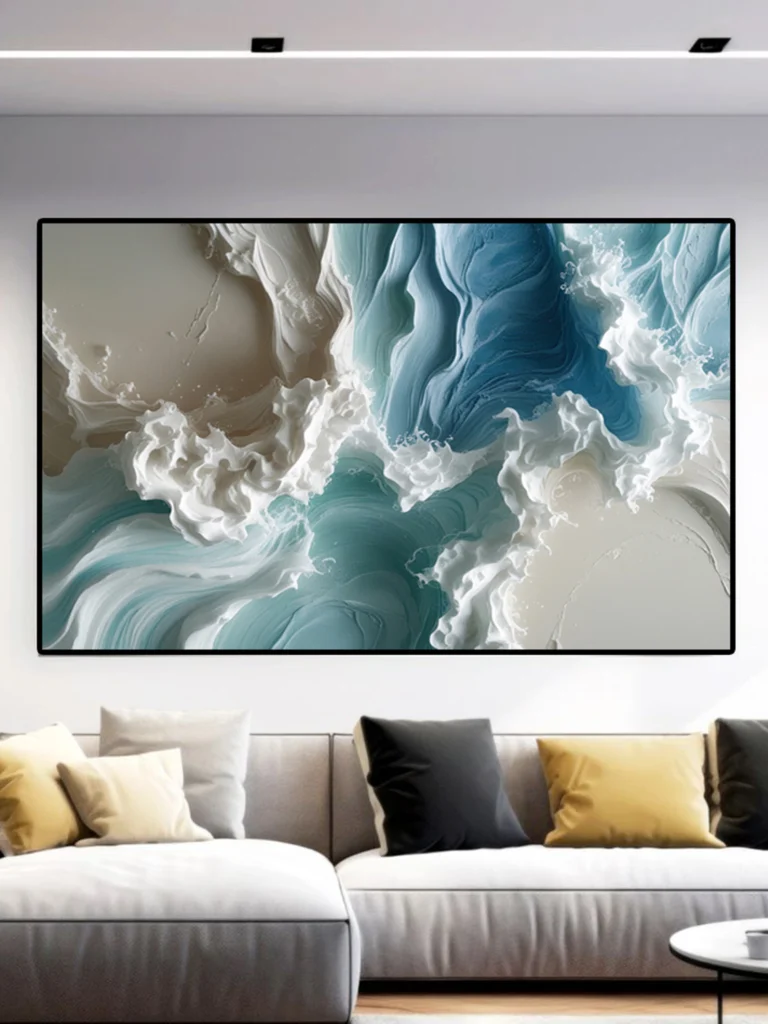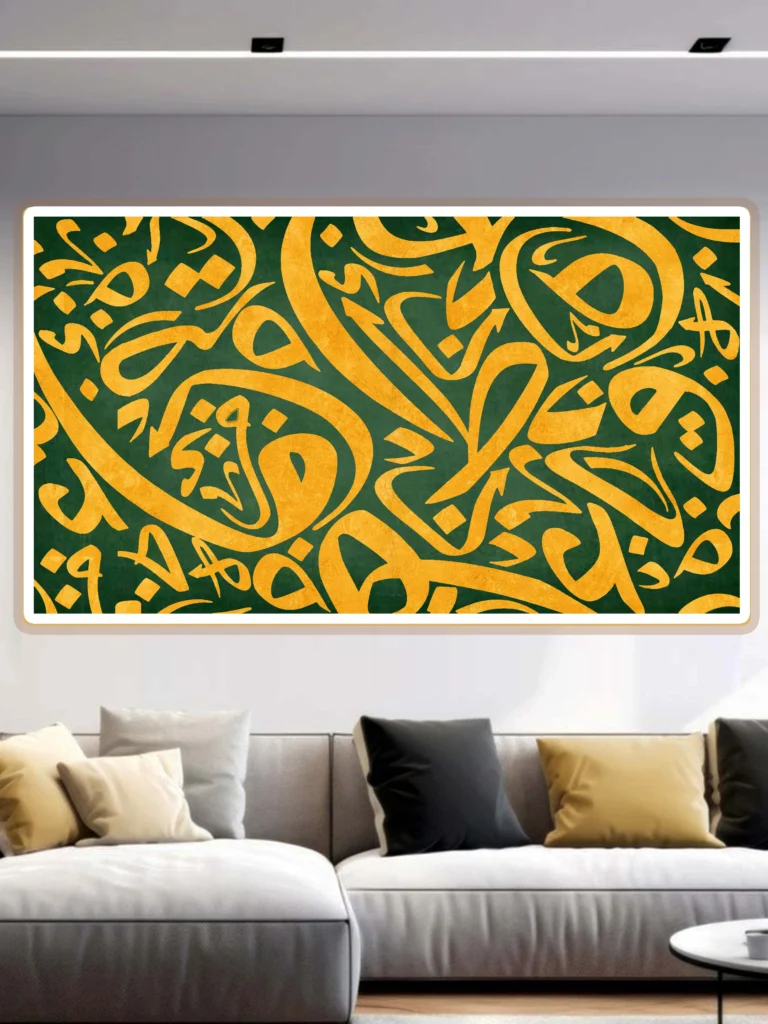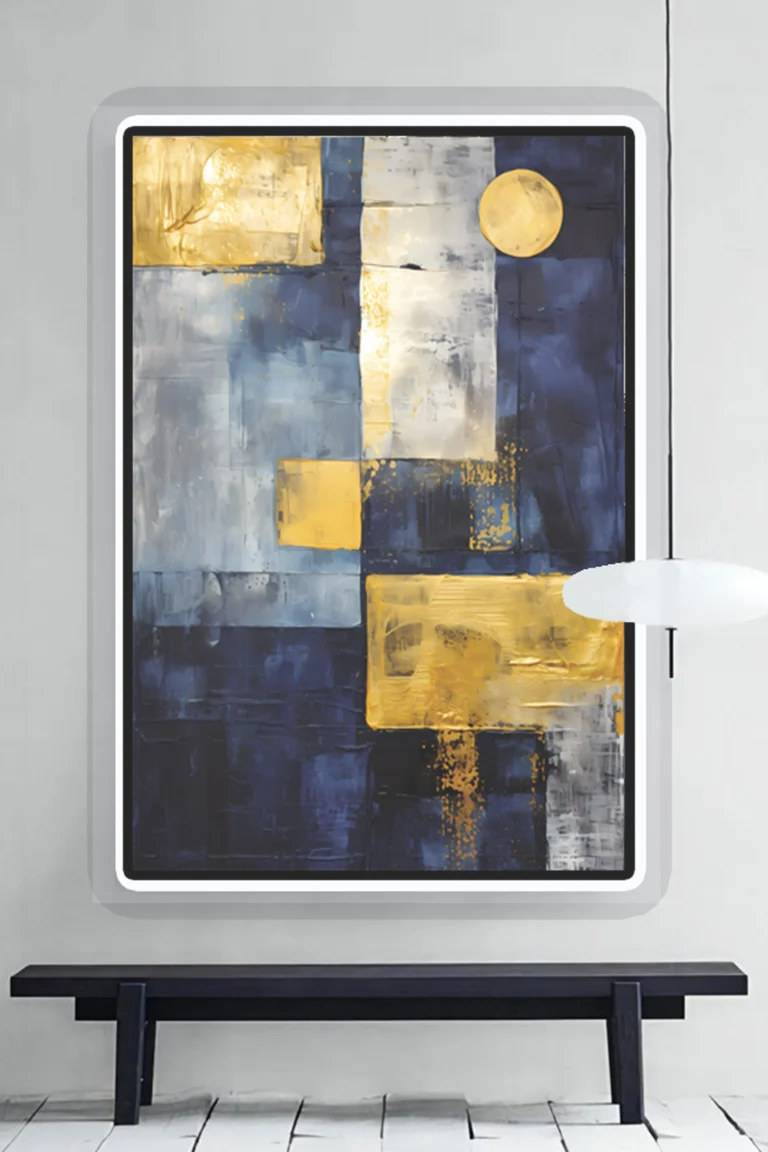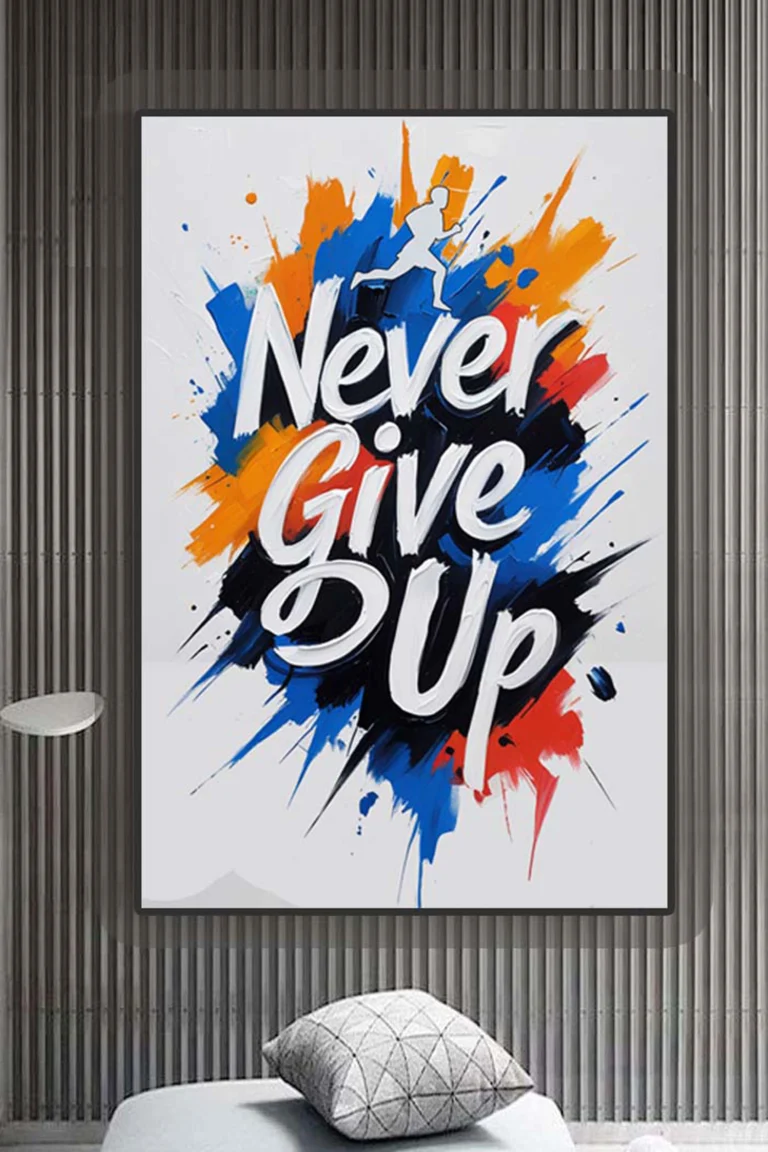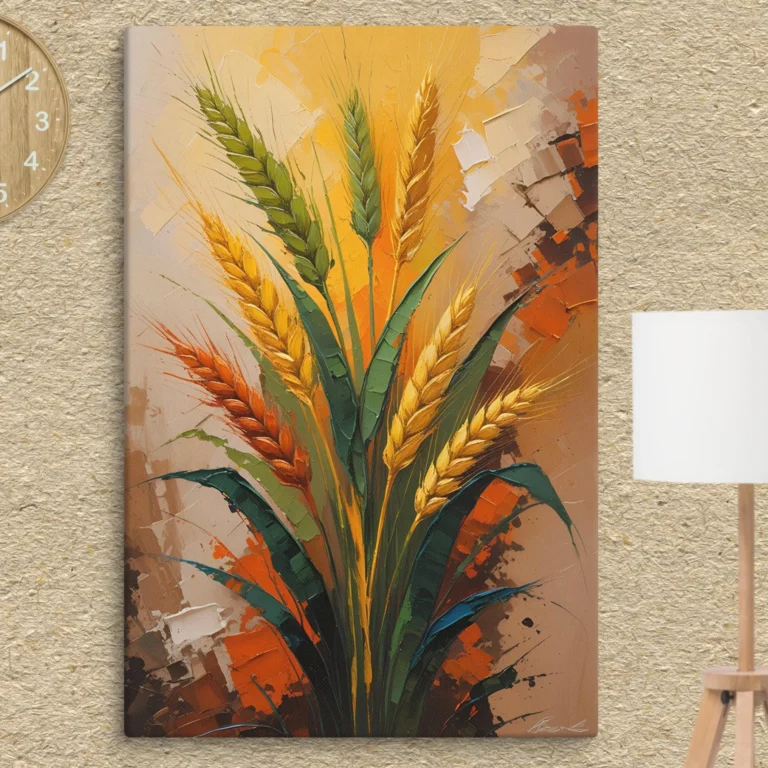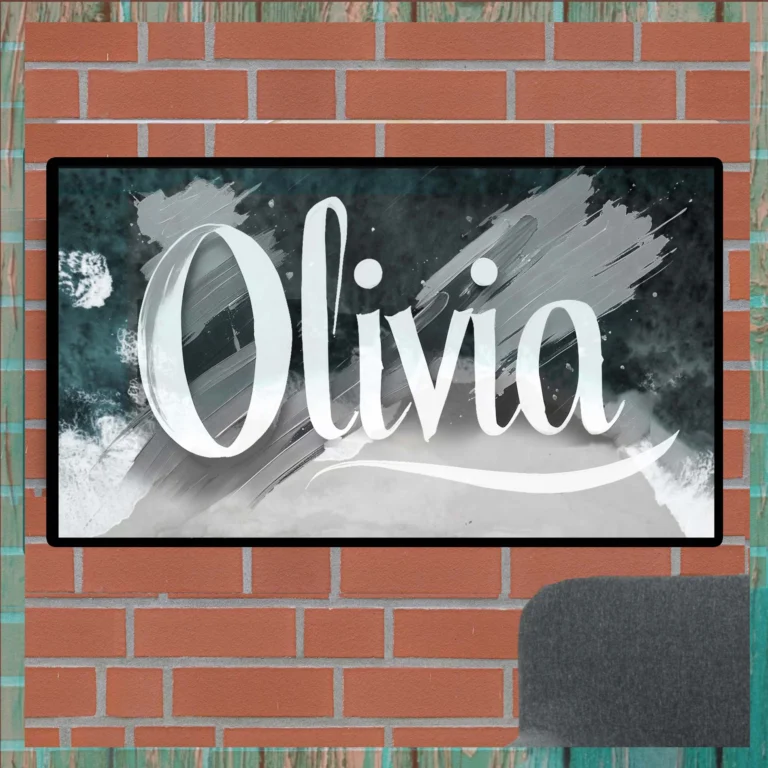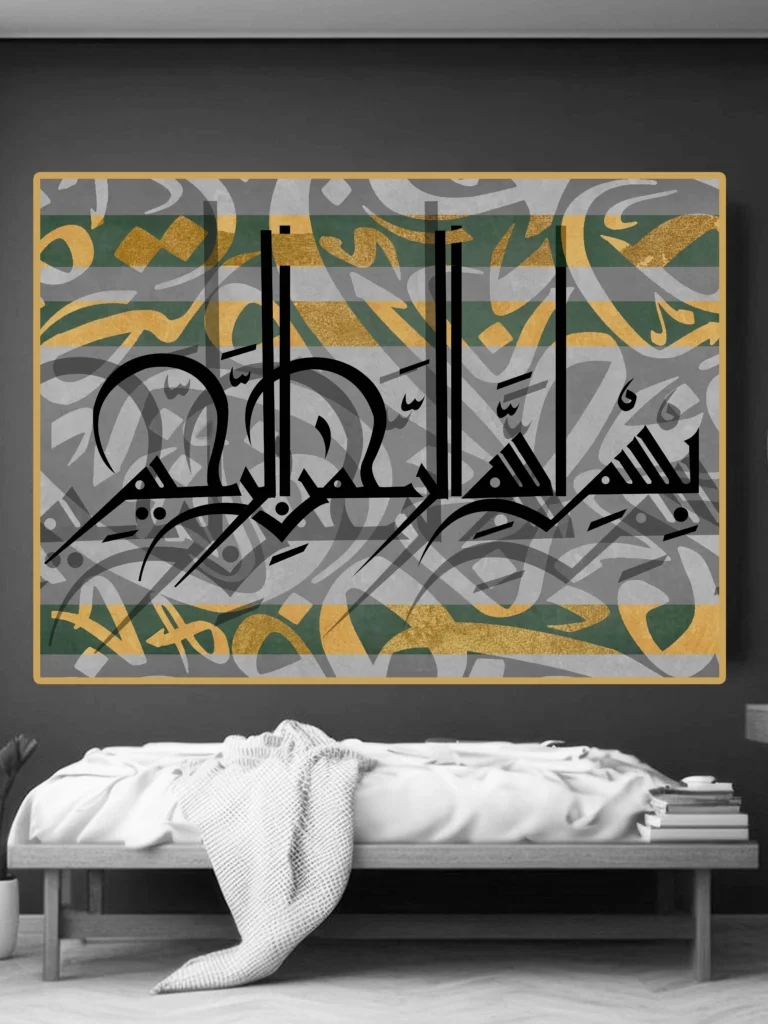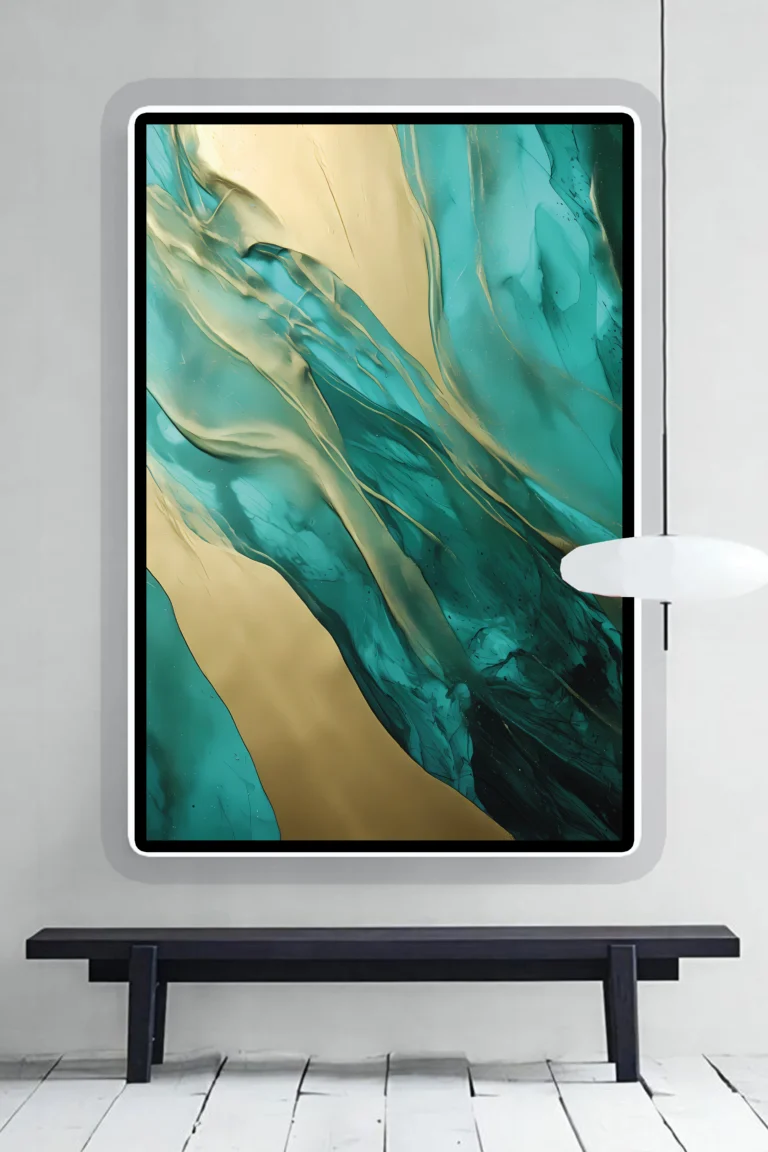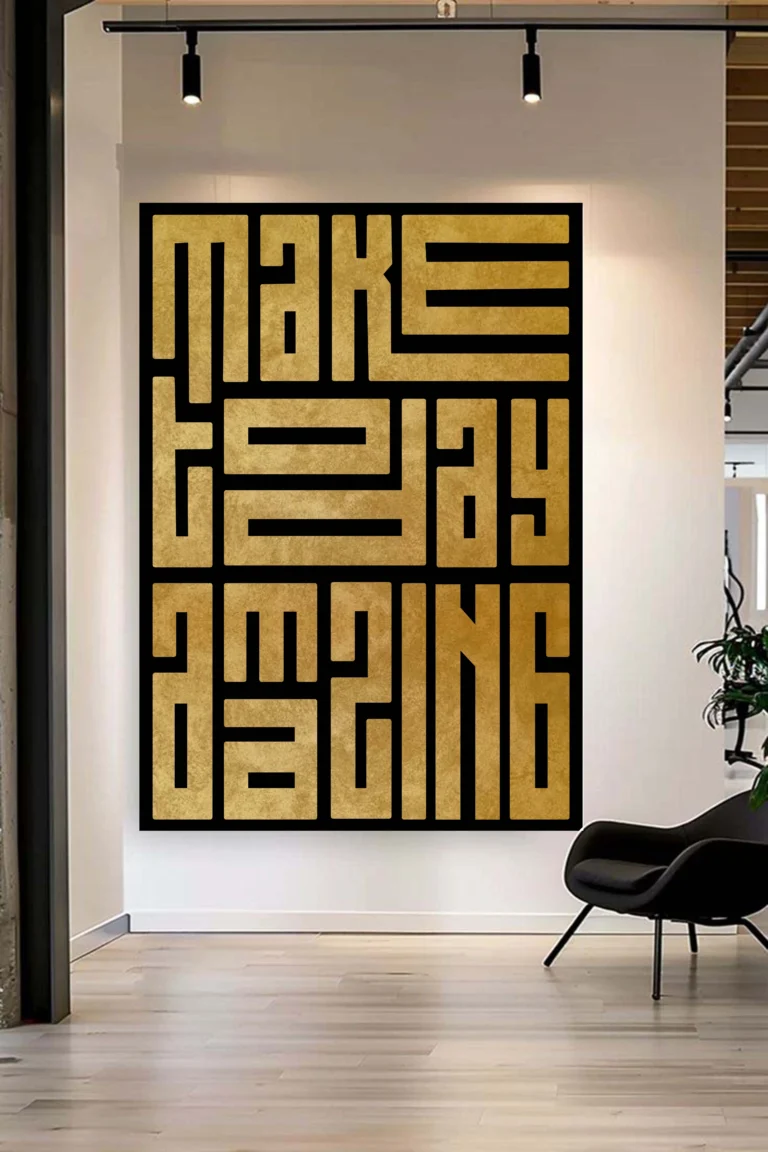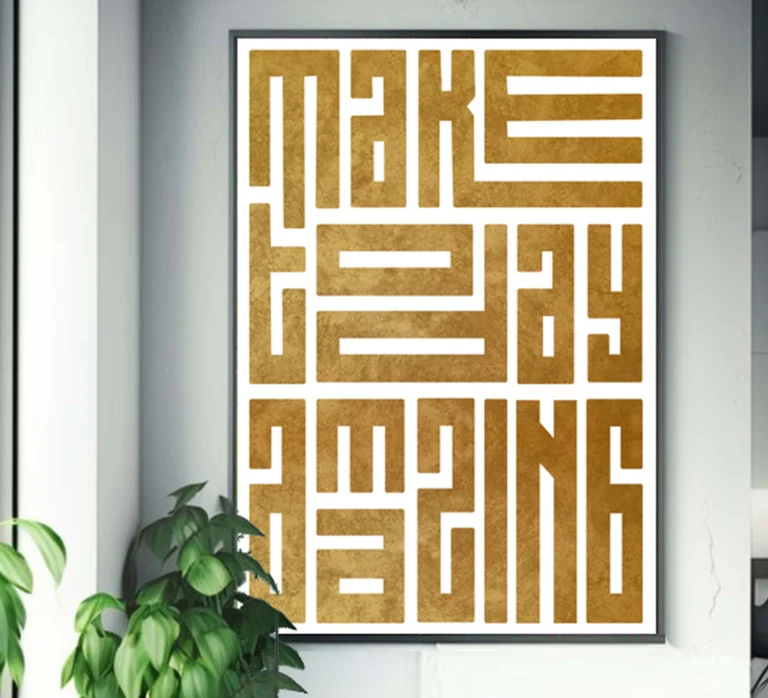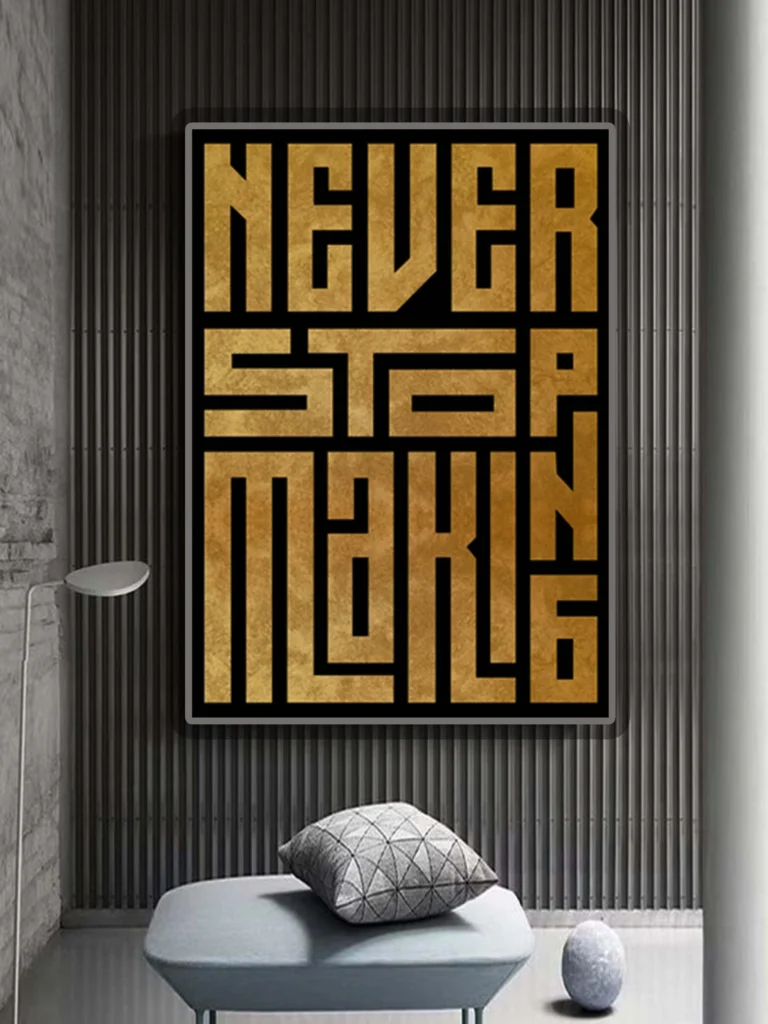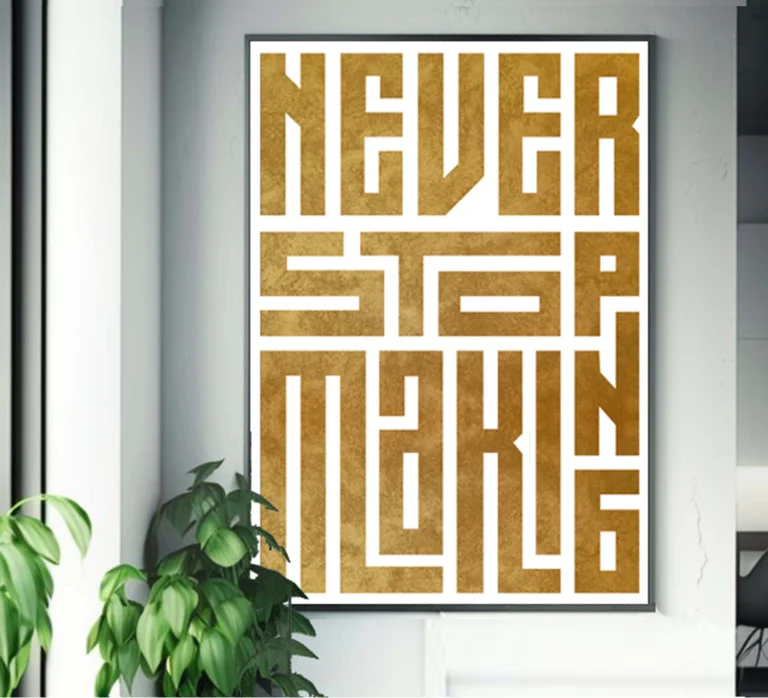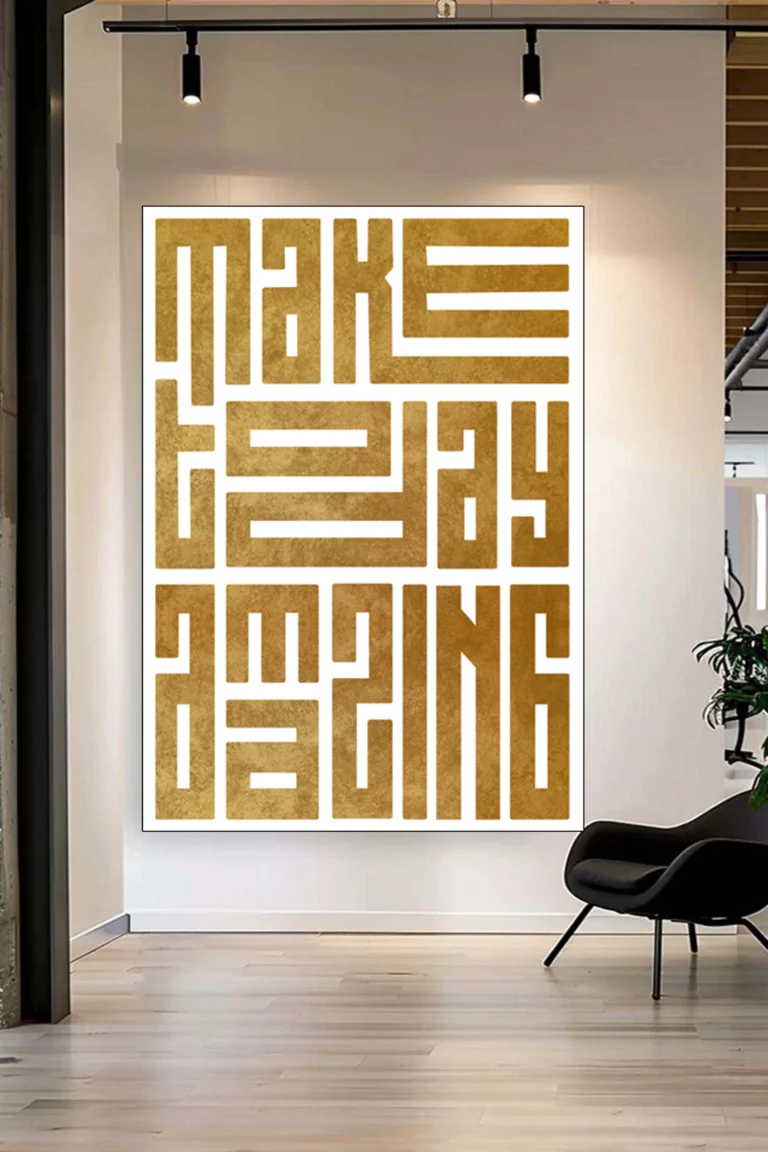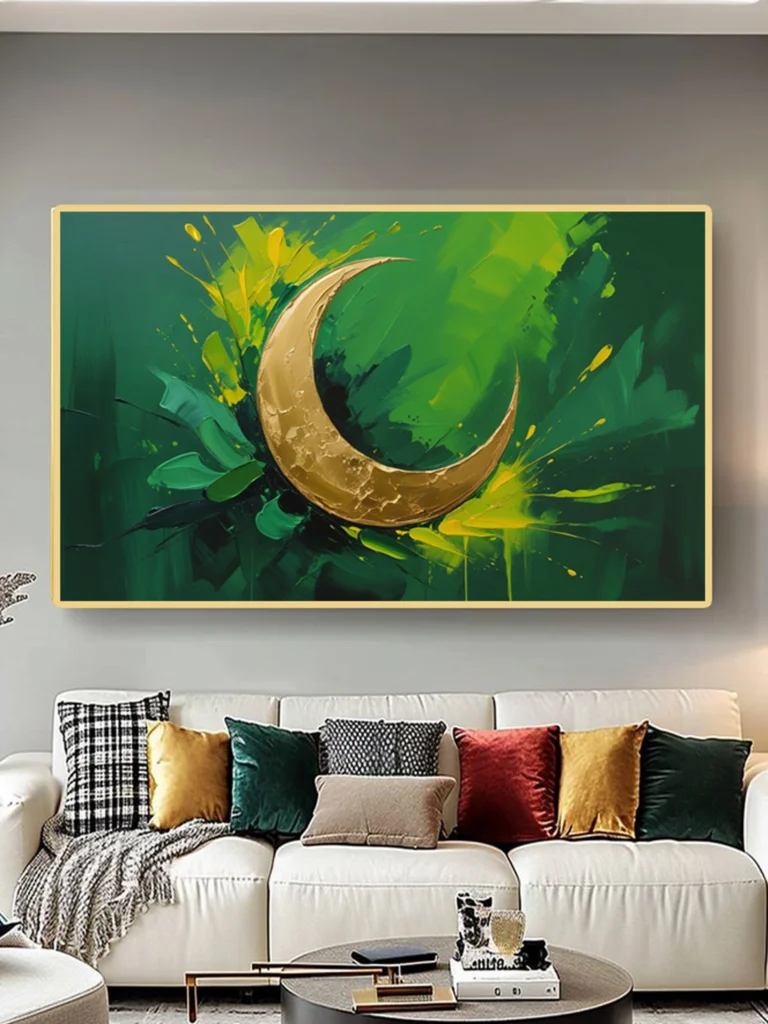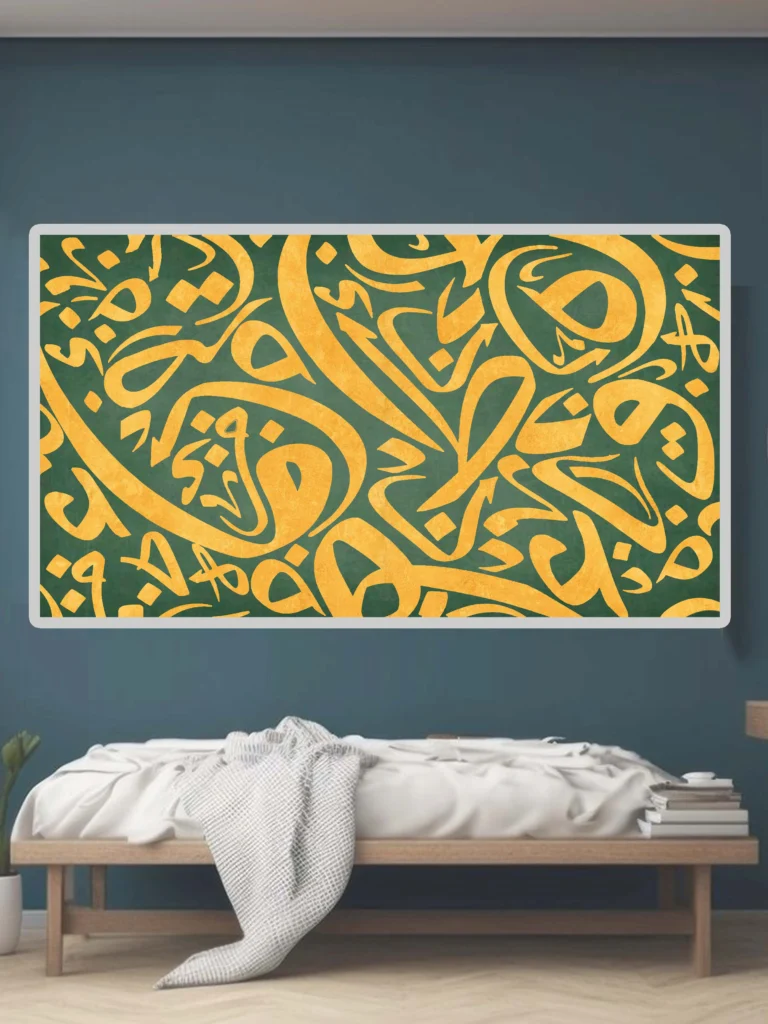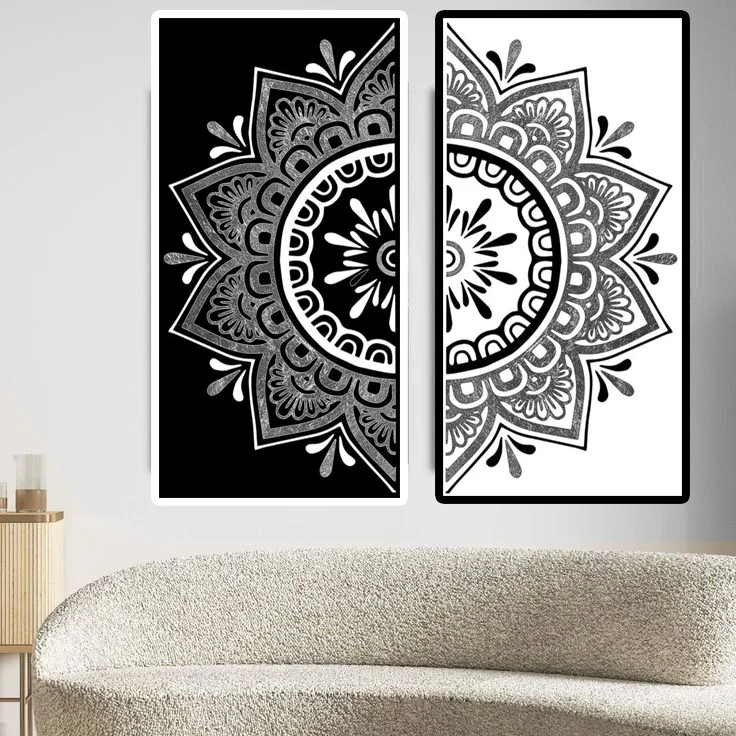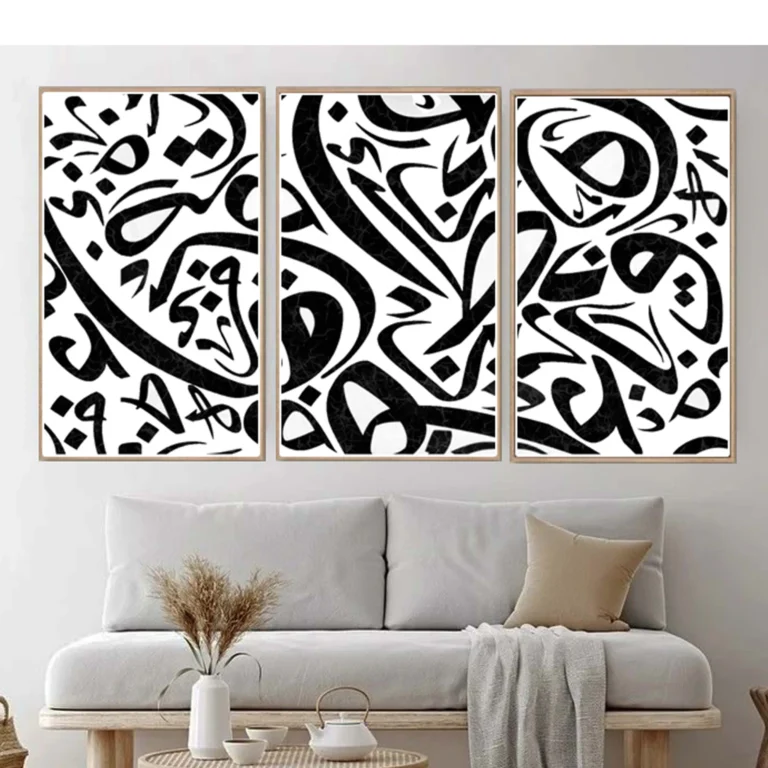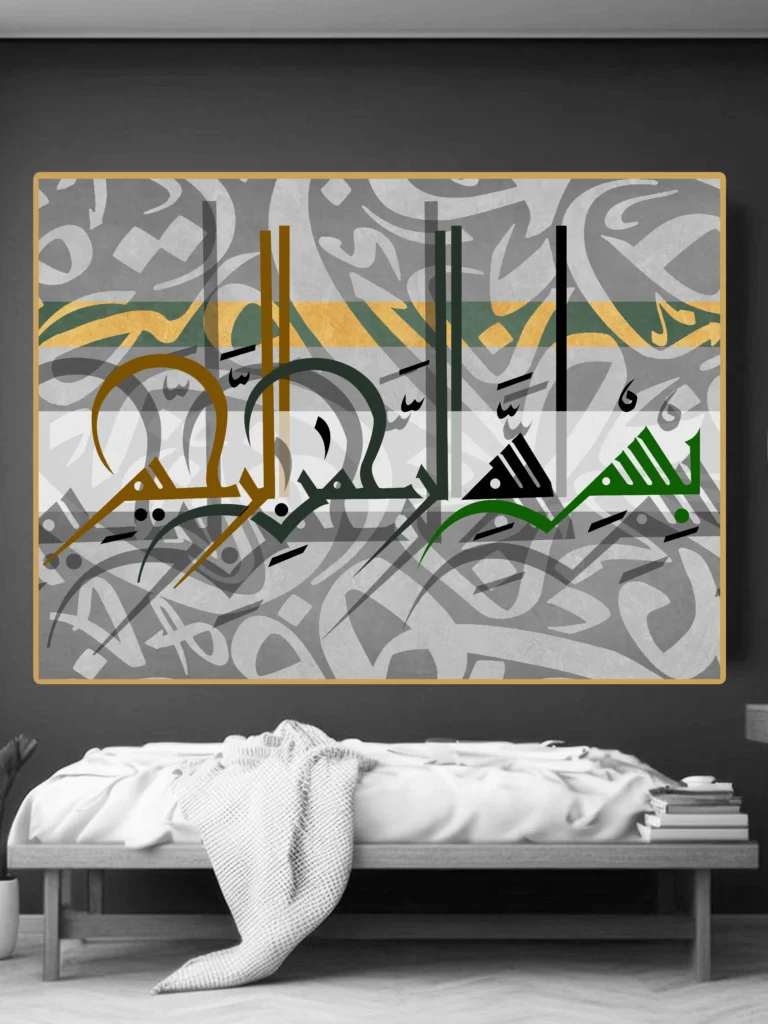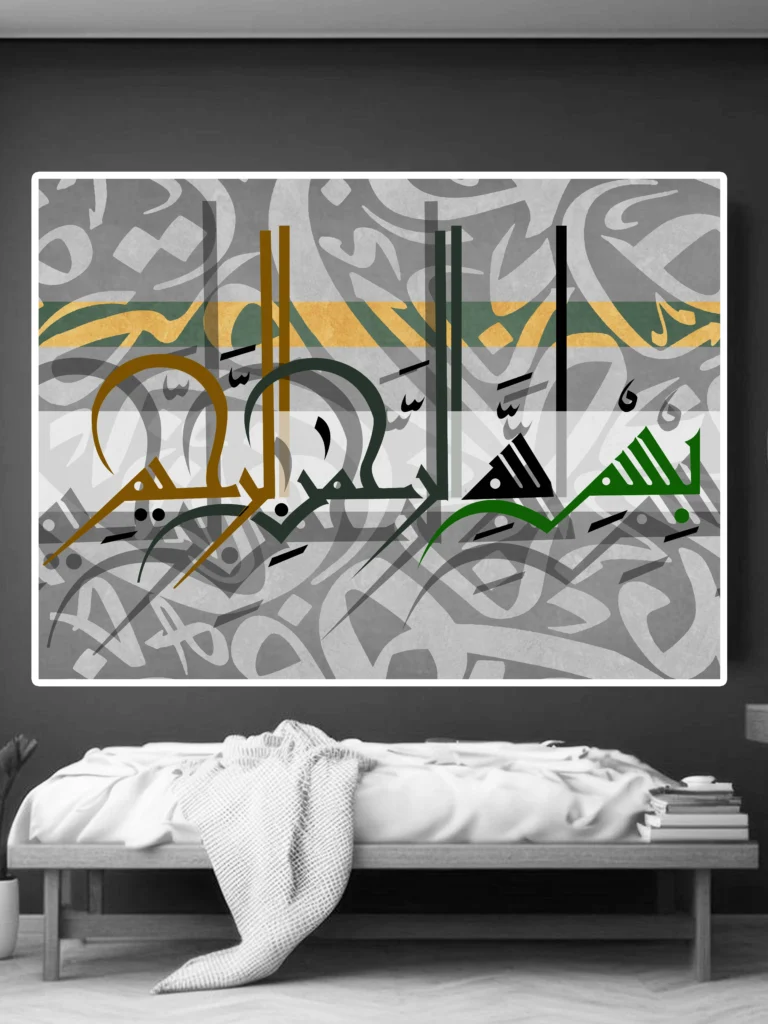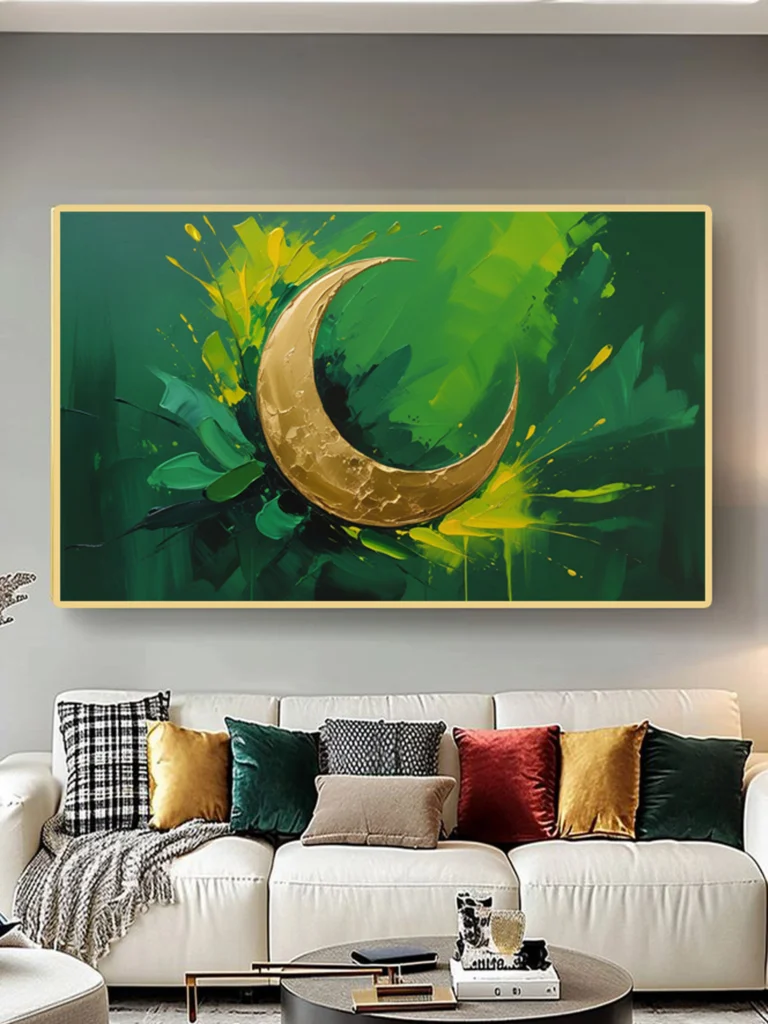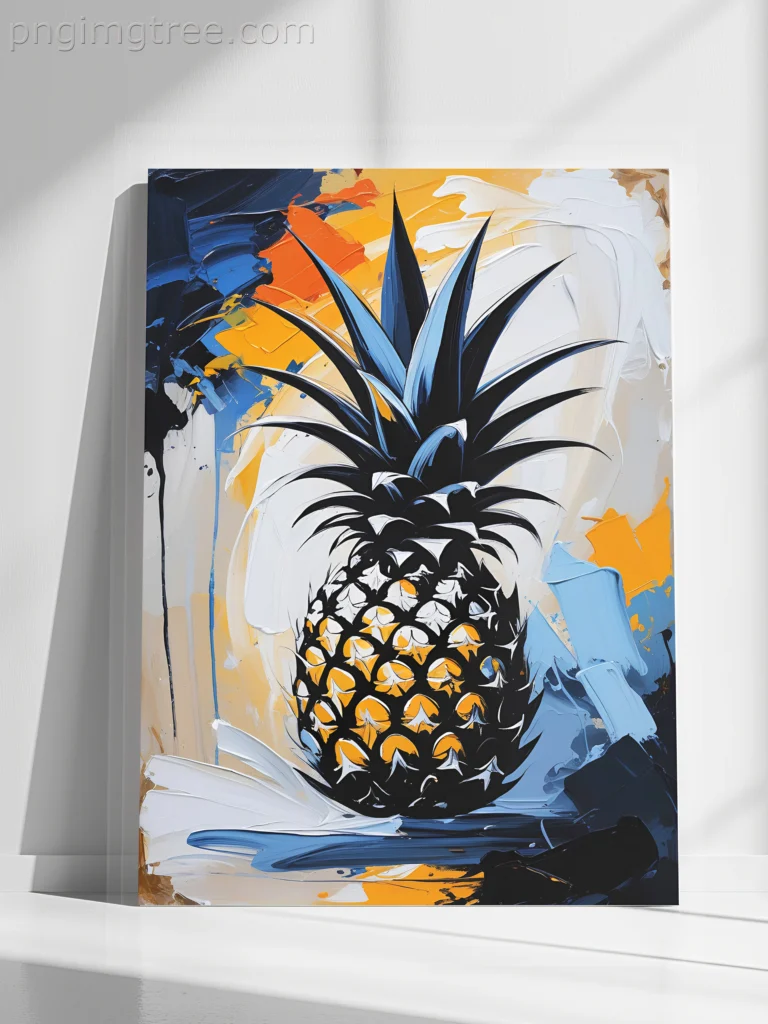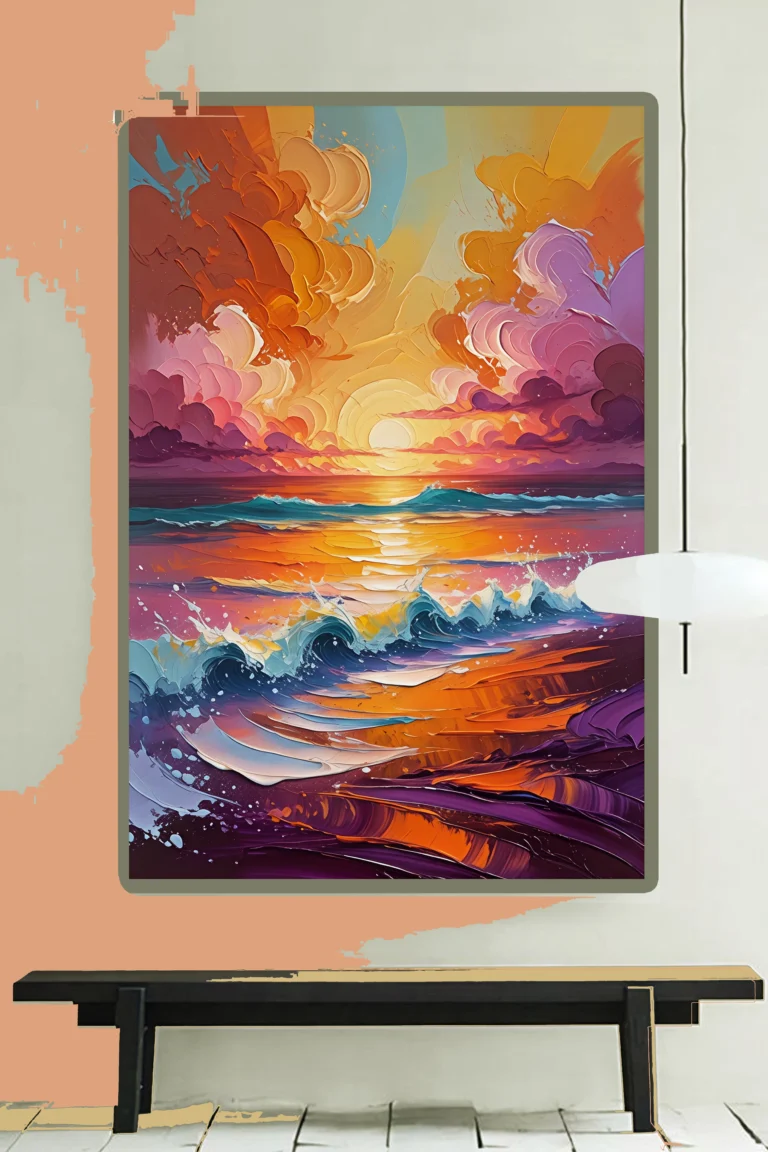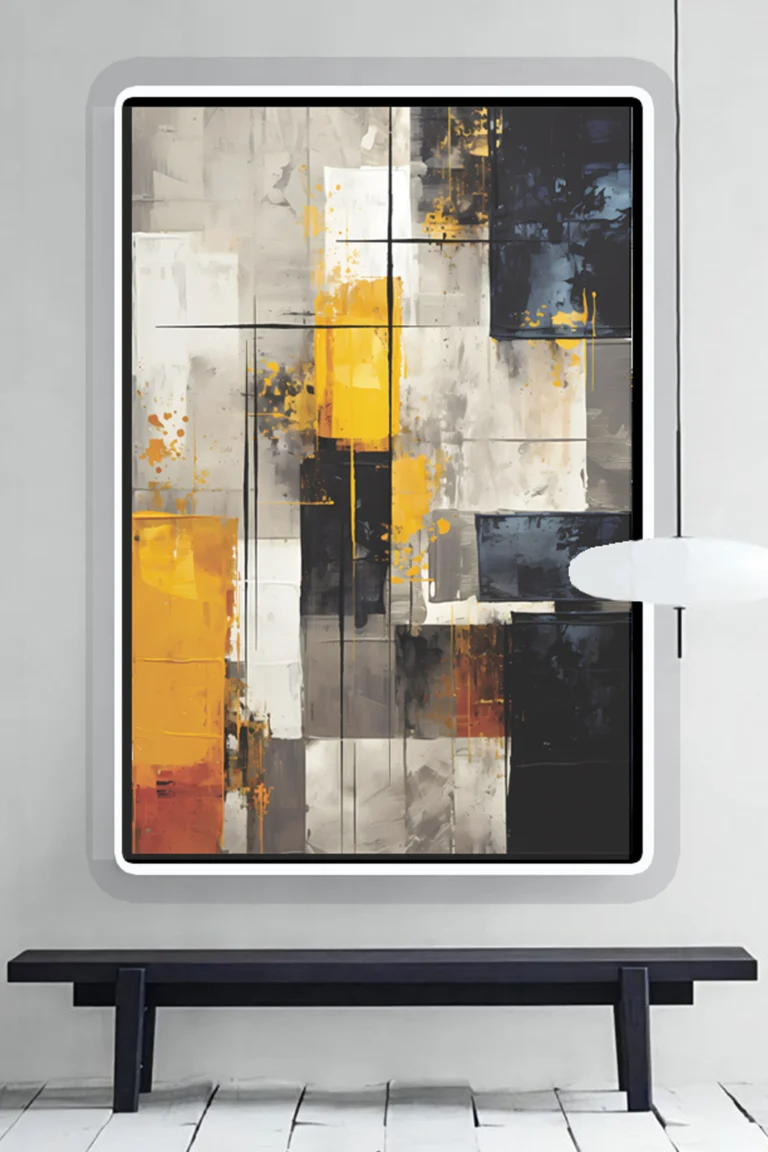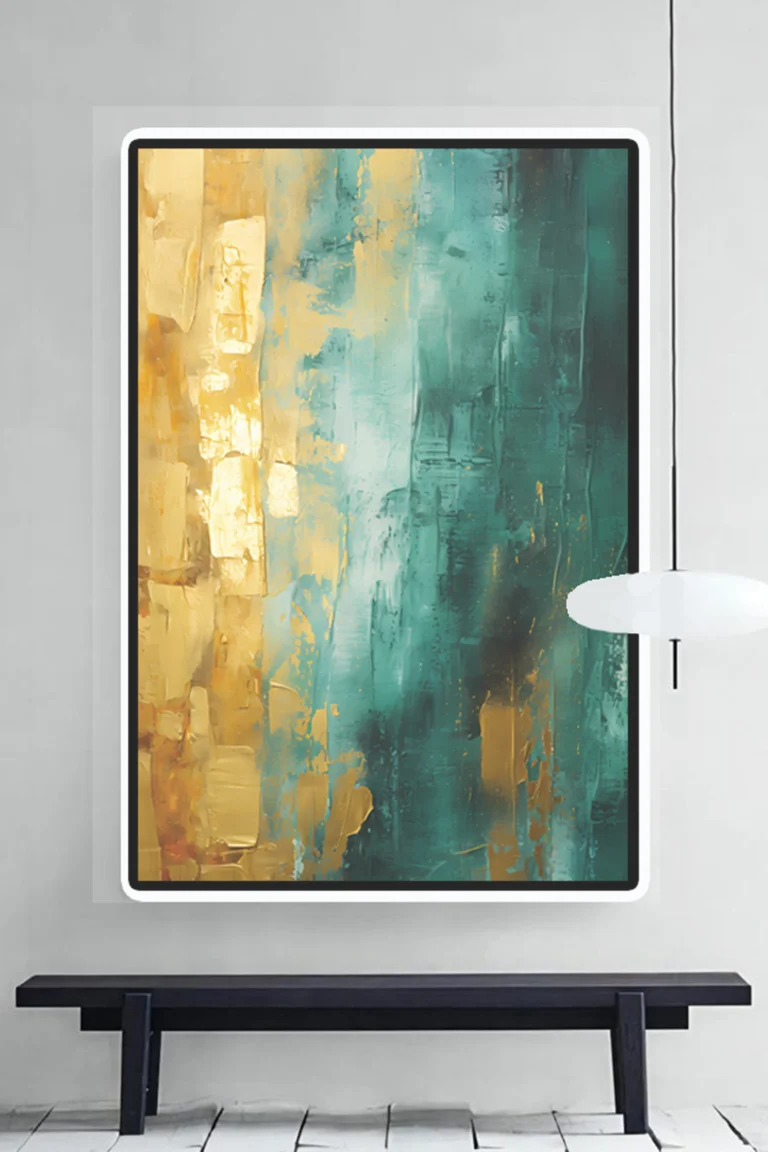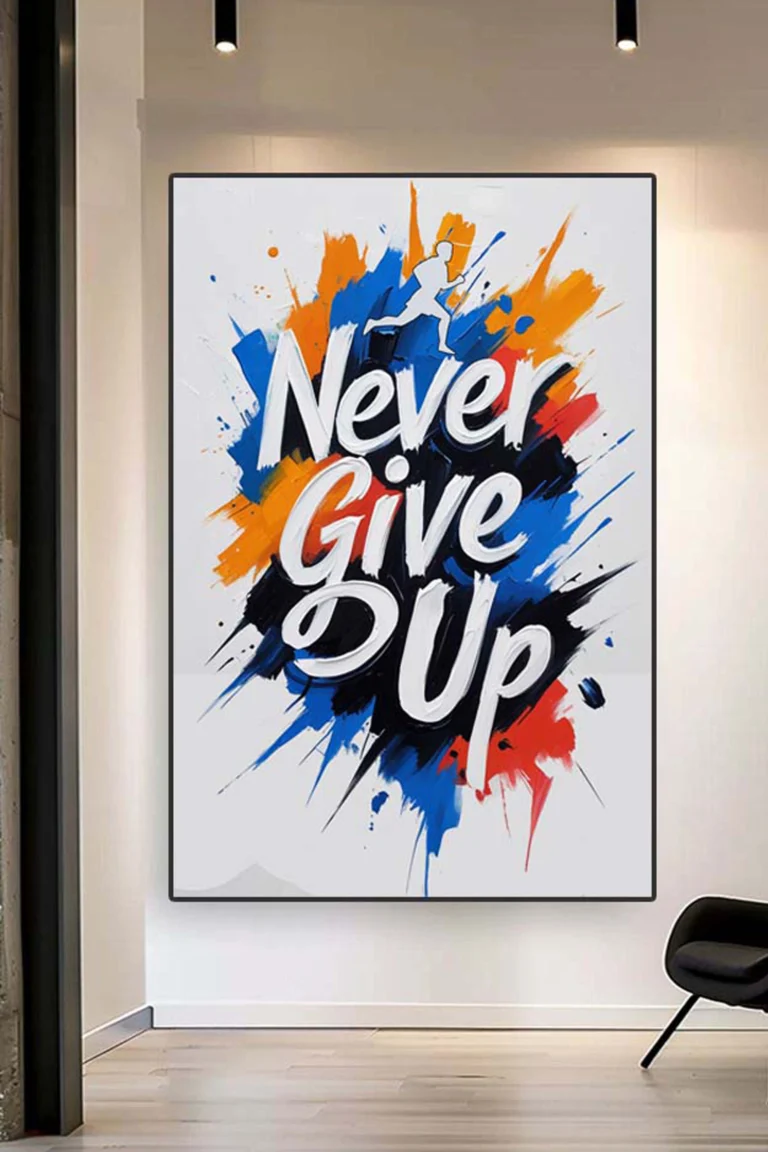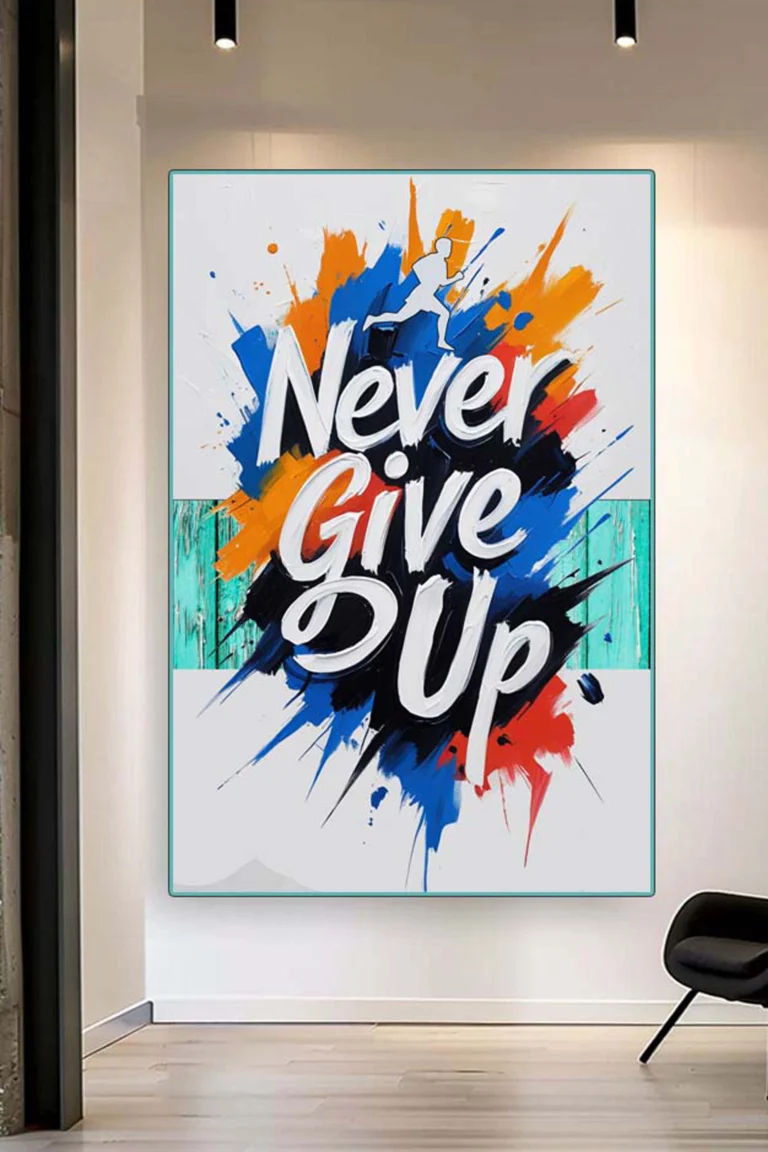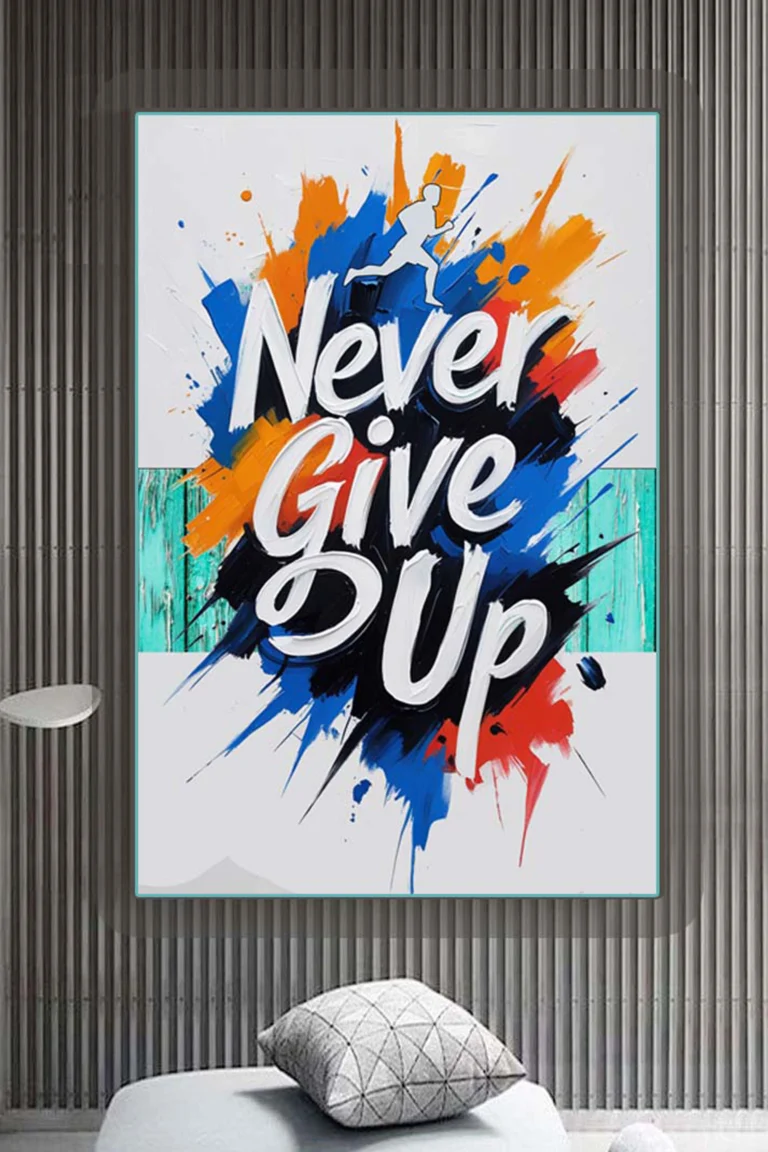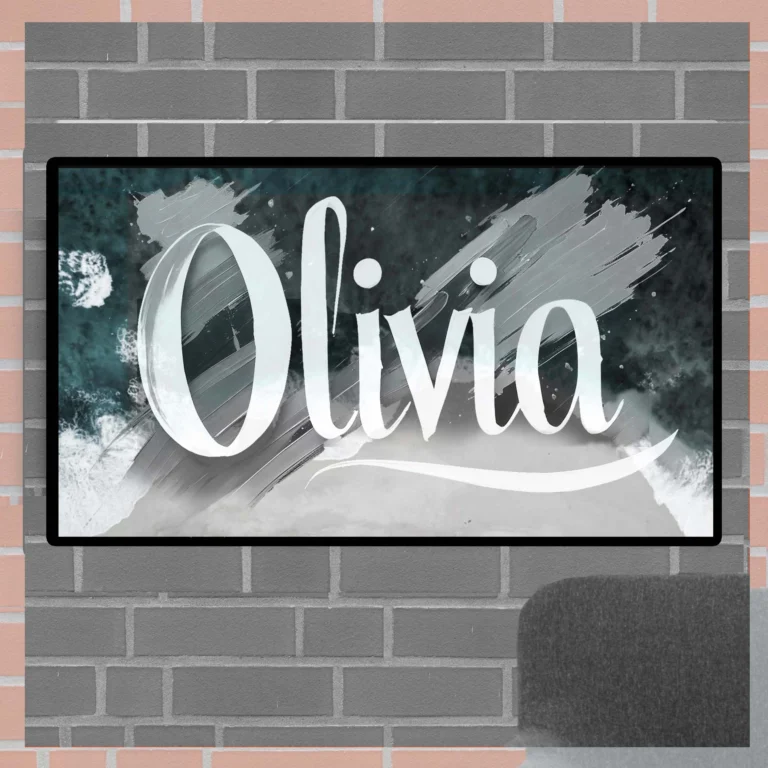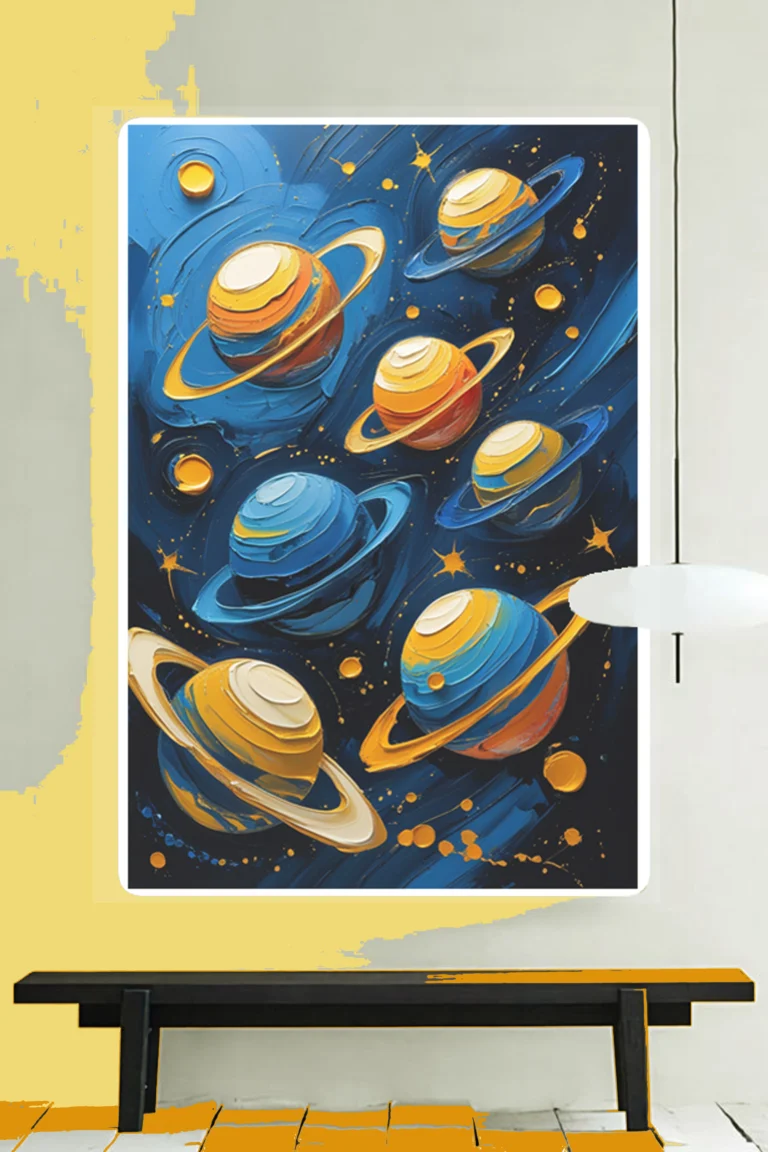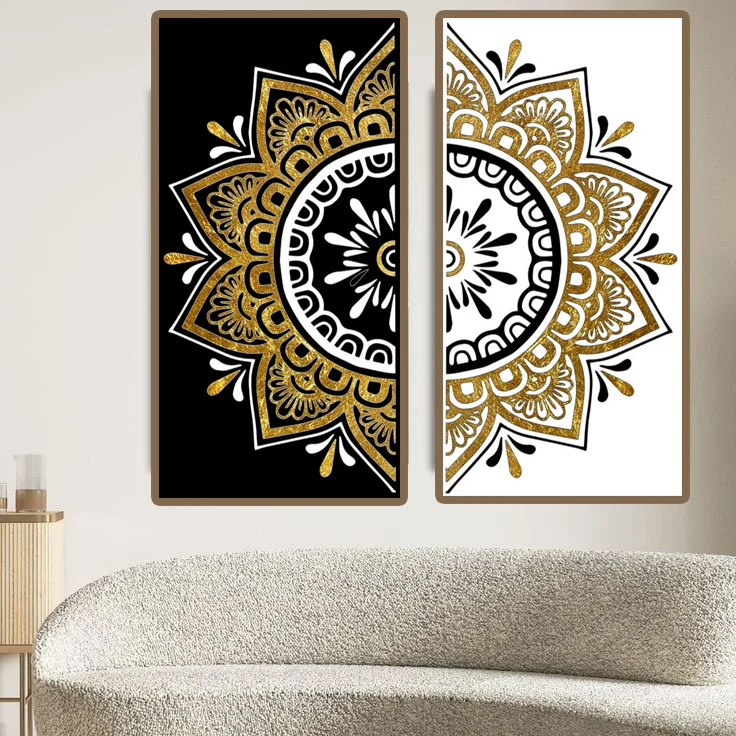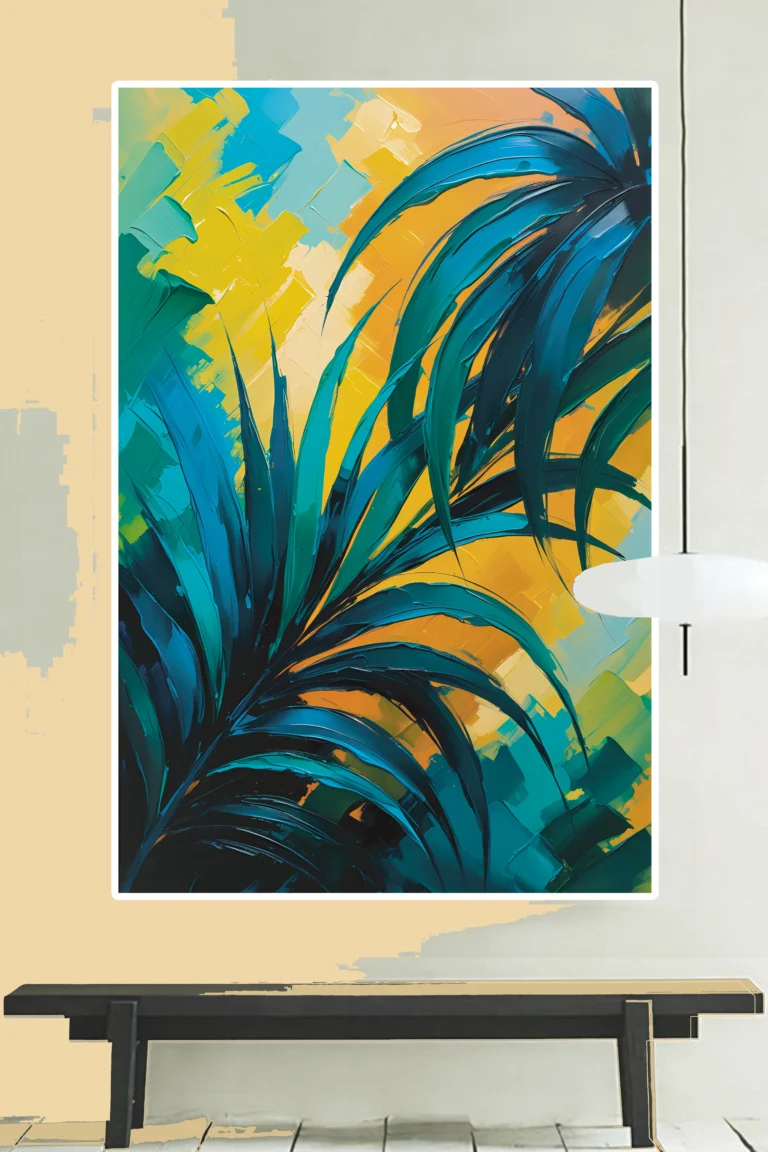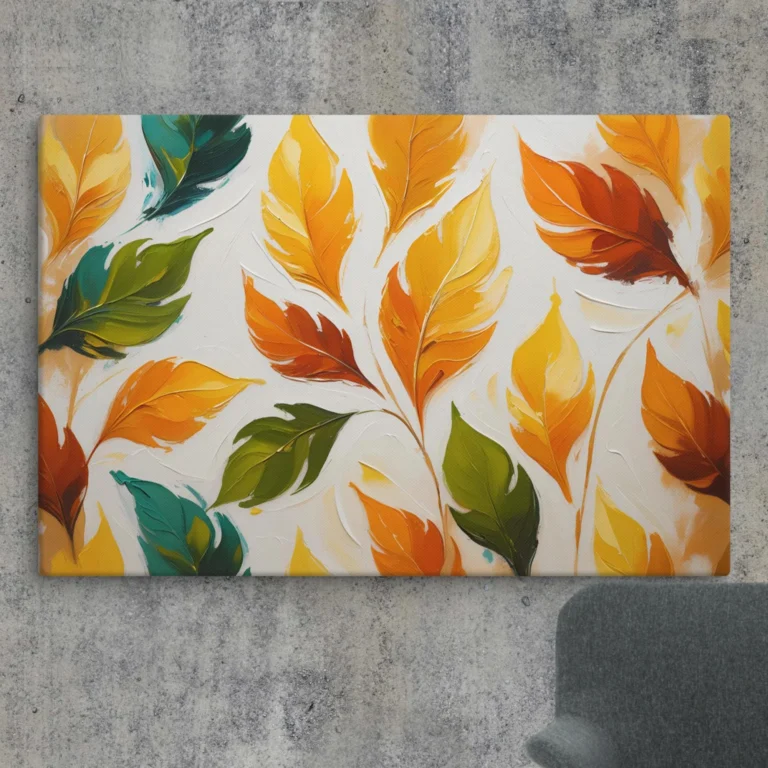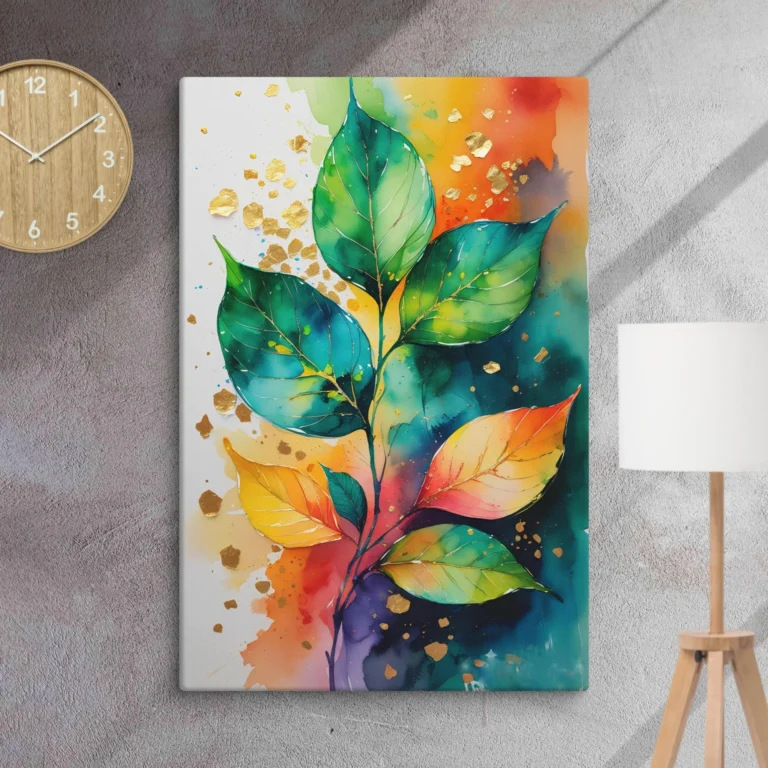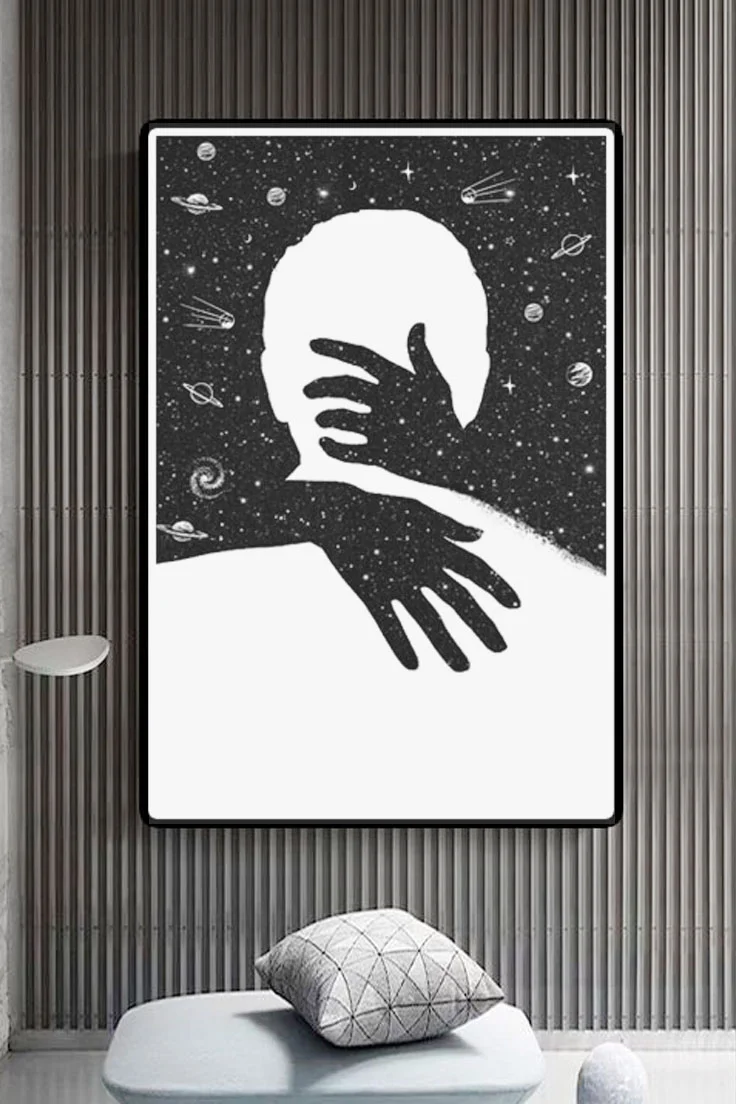Ancient Egyptian Paintingst
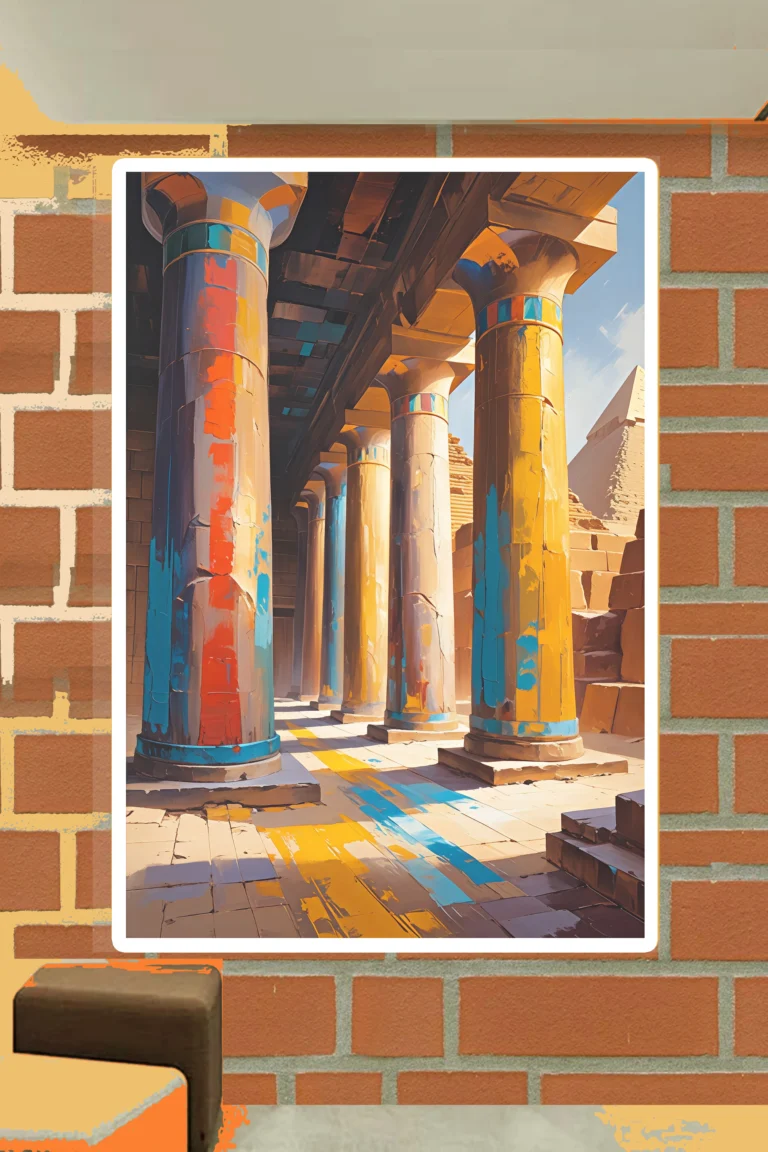
Egyptian Ancien
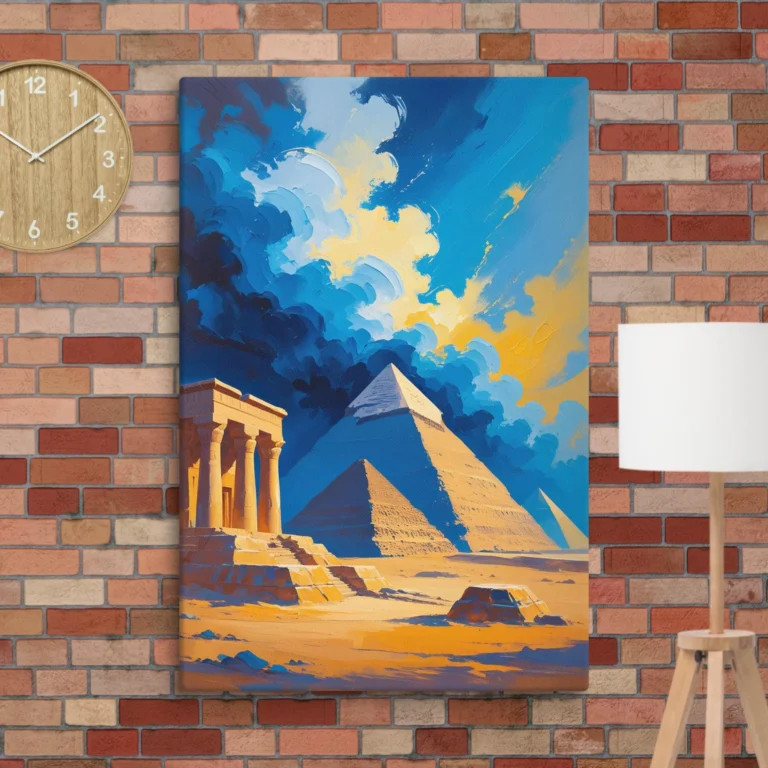
pyramids Egyptian Ancient
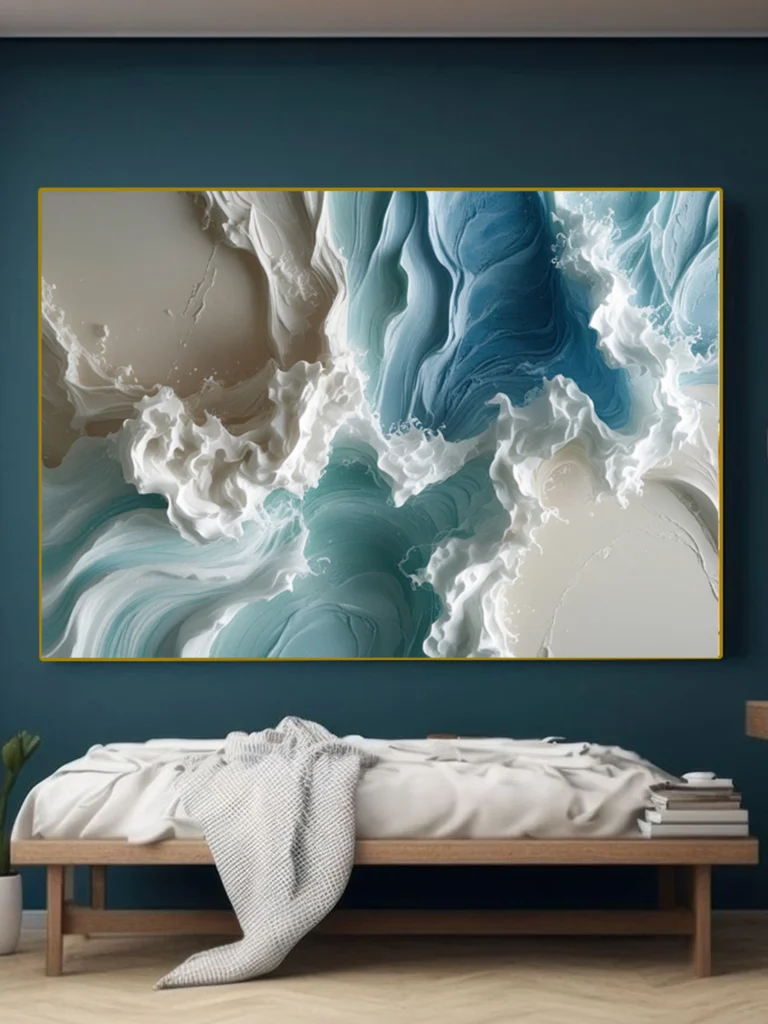
Beach Waves
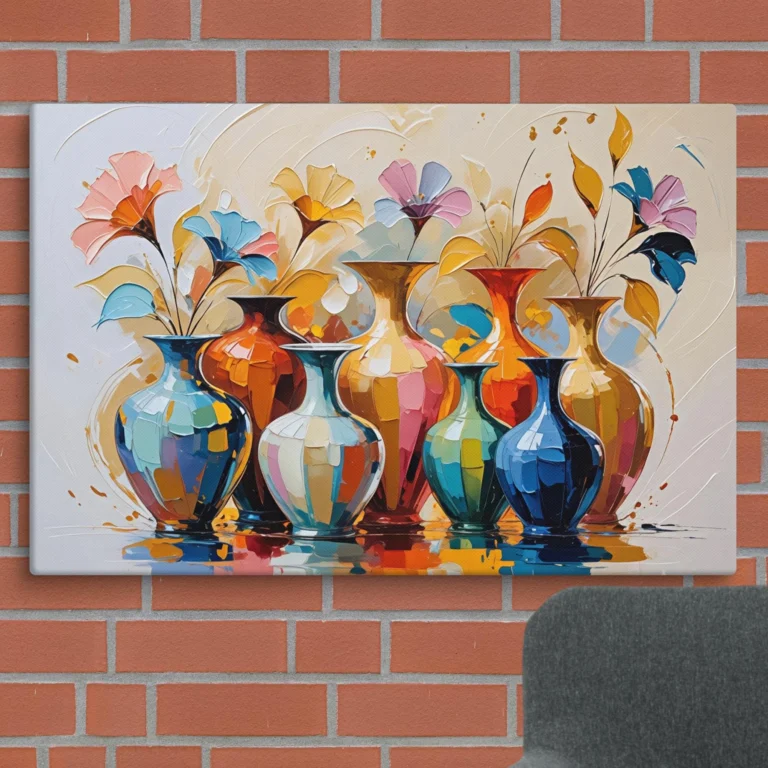
Flowers Vase Art Work
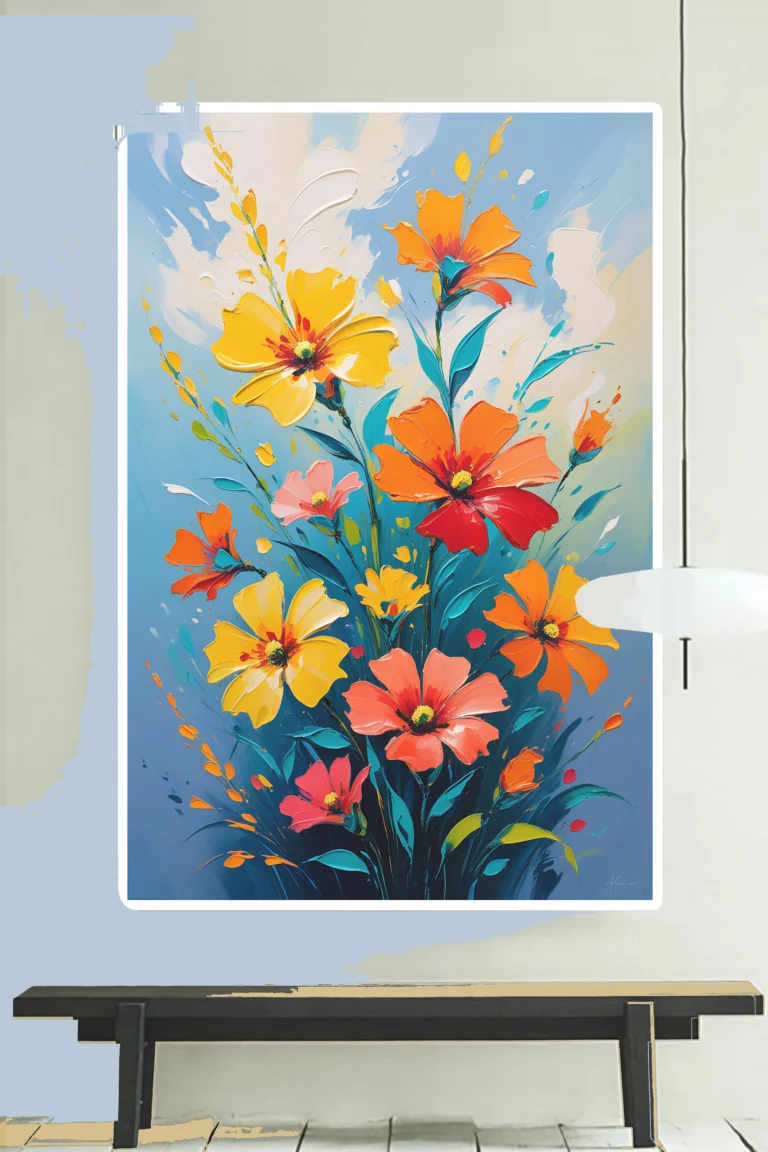
Flower and Sky Canvas Art

Abstract Space Planets

Modern Blue Gold
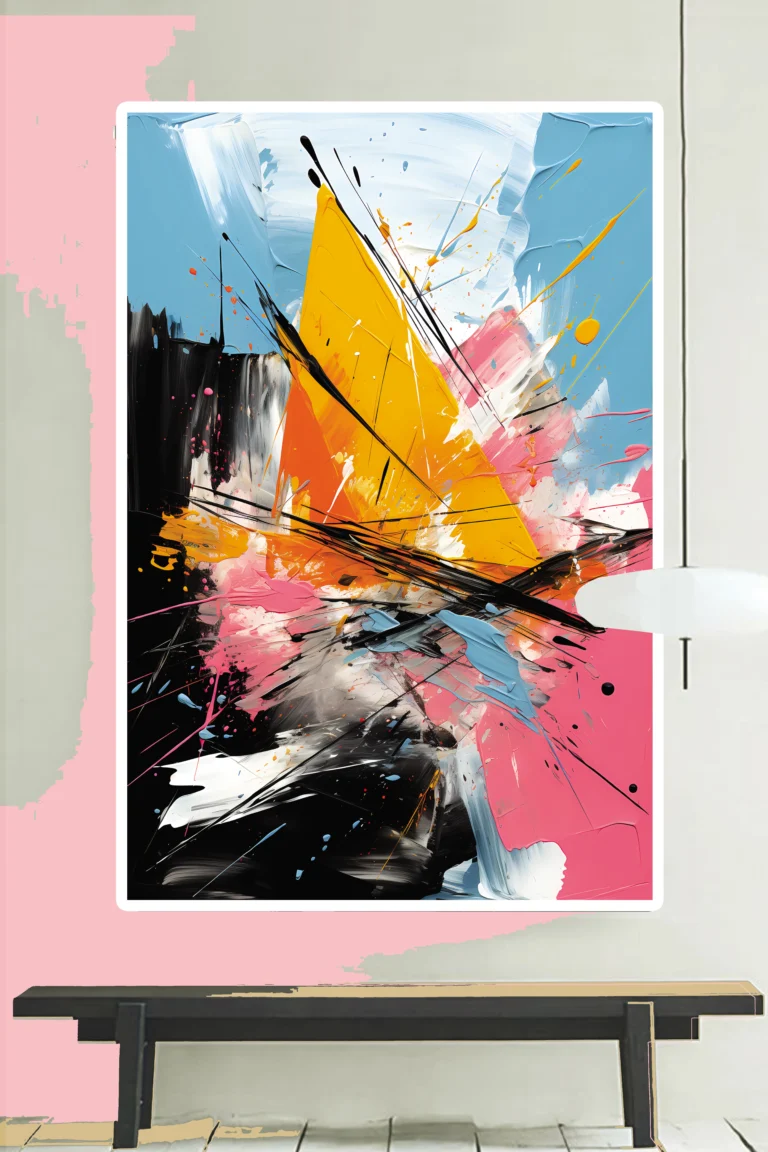
Abstract Colorful
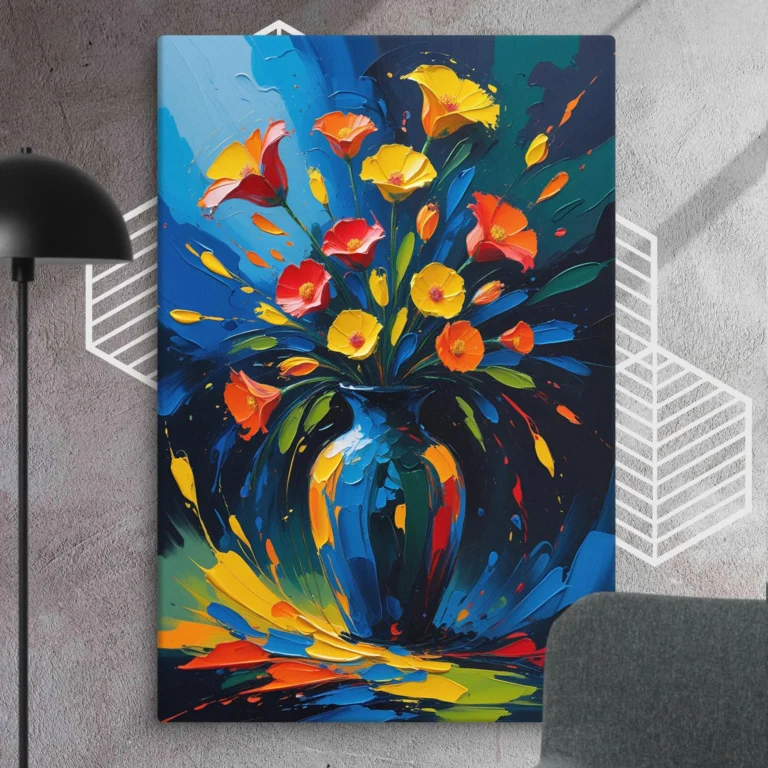
Flowers Vase
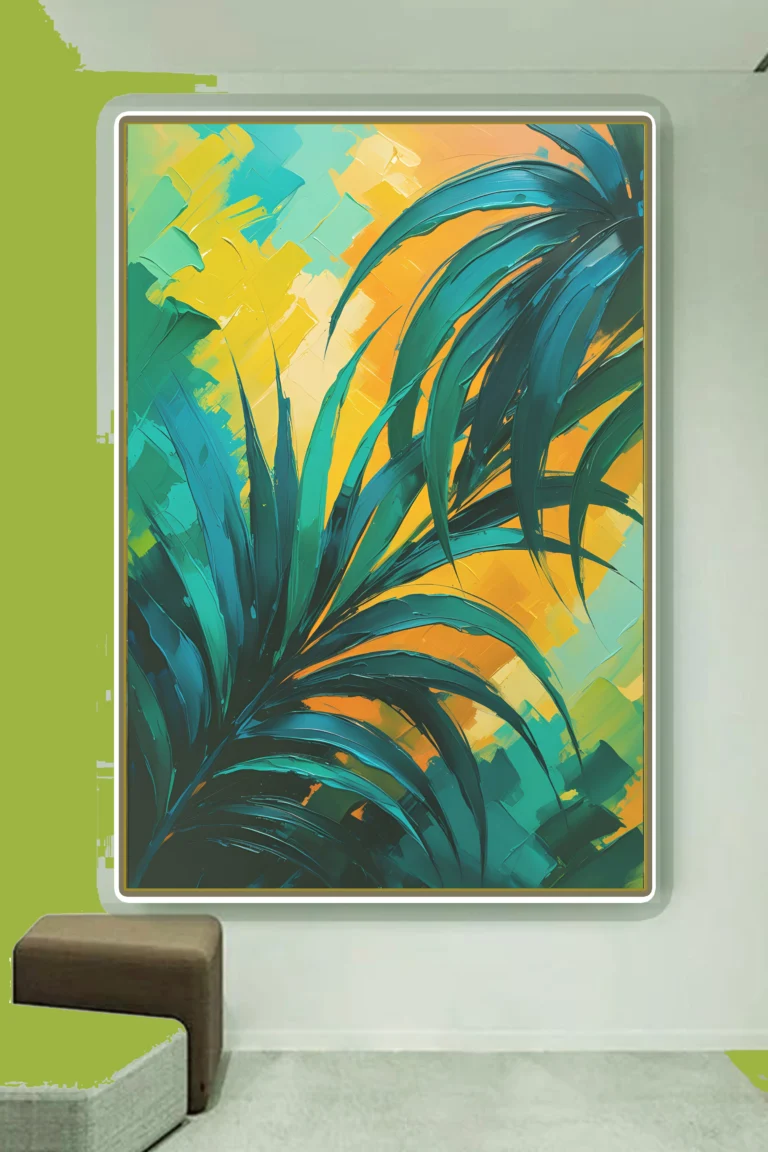
Palm Tree
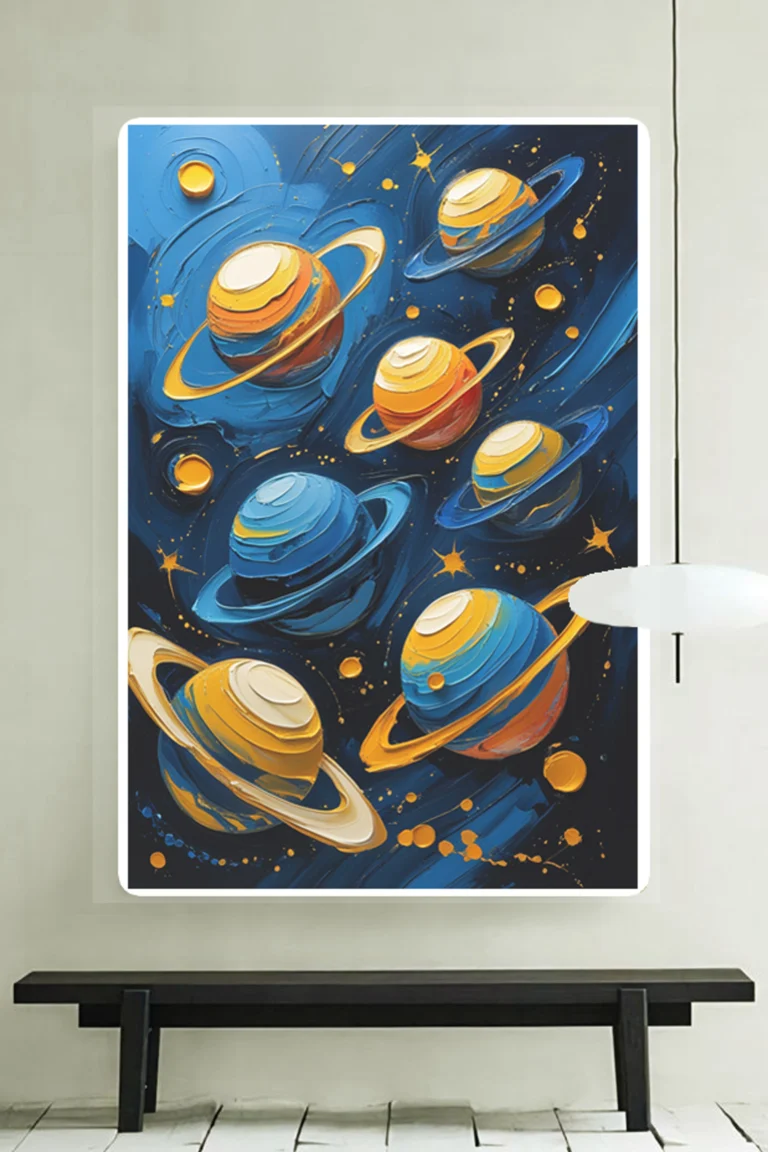
Abstract Planets
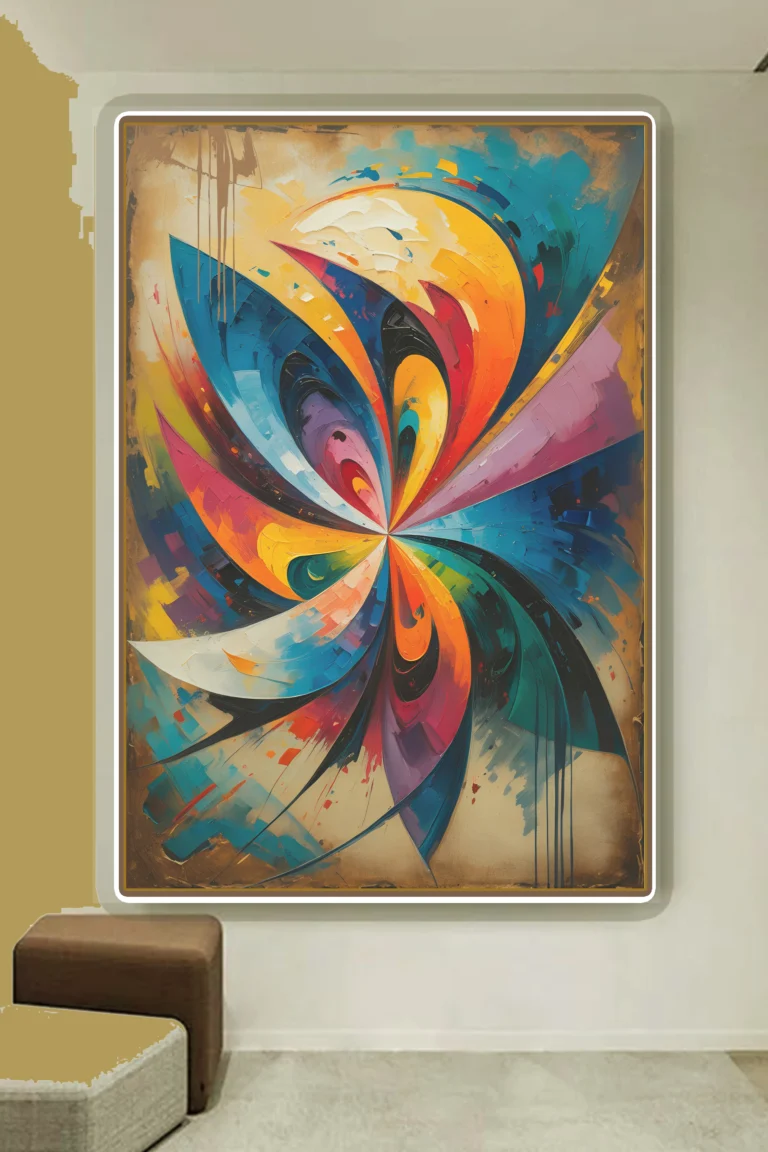
Colorful Geometric
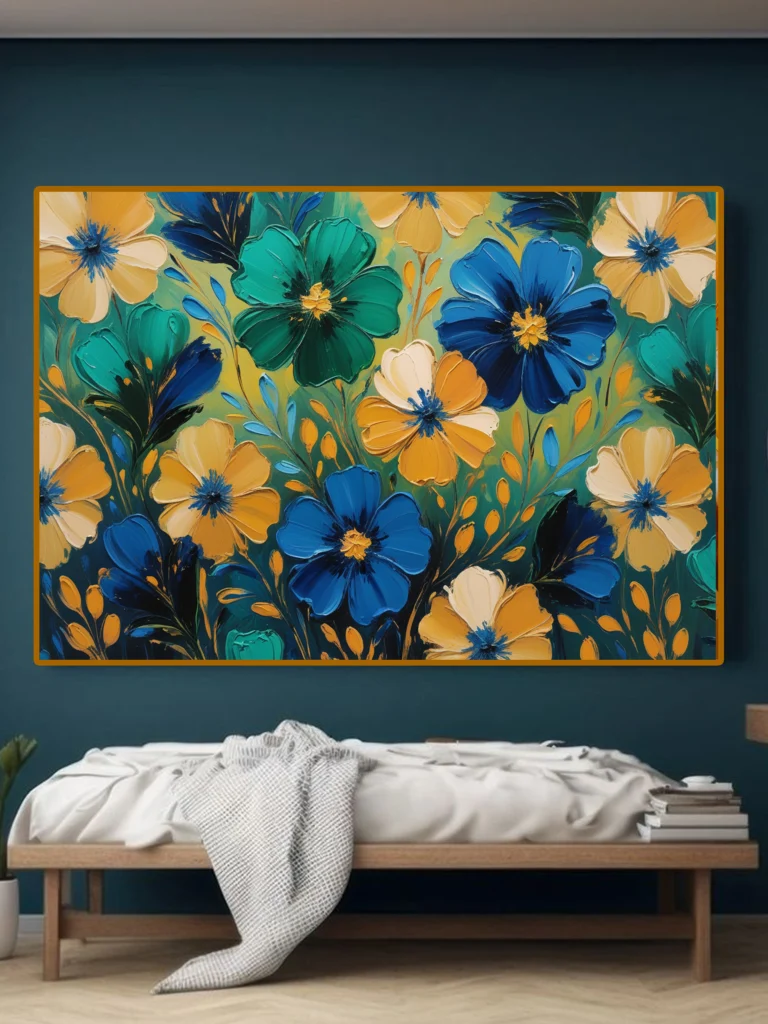
Flowers Pattern
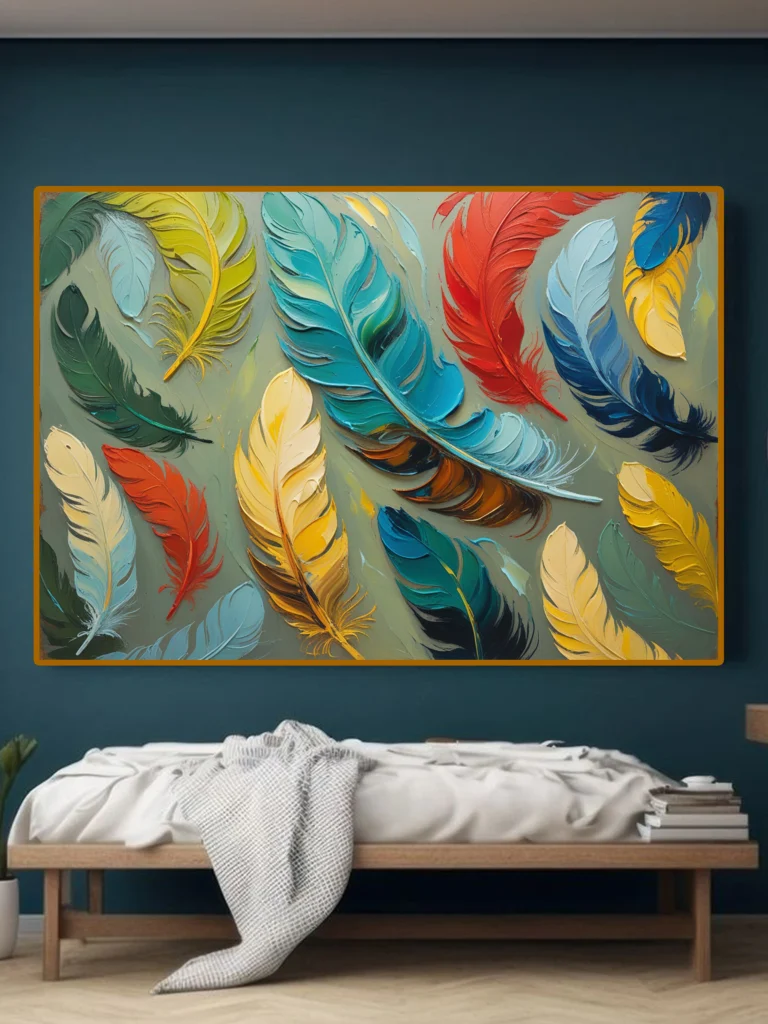
Abstract Feathers Pattern
Ancient Egyptian Paintings: A Journey Through Time, Art, and Symbolism For 1000
Ancient Egyptian paintings are among the most recognizable and enduring artistic legacies of human civilization. These vibrant works, found on tomb walls, temples, and papyrus scrolls, were not merely decorative—they served religious, political, and magical purposes.
In this optimized guide, we’ll explore:
- The purpose and meaning behind Ancient Egyptian paintings
- Key characteristics of ancient Egyptian paintings art
- Famous examples and where to see them today
- The materials and techniques used by Egyptian artists
- How Egyptian art influenced modern design
- Ancient Egyptian Paintings: A Journey Through Time, Art, and Symbolism For 1000
- 1. The Purpose of Ancient Egyptian Paintings
- 2. Key Characteristics of Ancient Egyptian paintings
- 3. Famous Ancient Egyptian Paintings & Where to See Them
- 4. Materials & Techniques: How Ancient Egyptian paintings Were Made
- 5. The Legacy of Egyptian Art in Modern Design
- Conclusion: Why Ancient Egyptian paintings Still Captivate Us
By the end, you’ll understand why these masterpieces continue to captivate historians, artists, and travelers alike.
1. The Purpose of Ancient Egyptian Paintings
Ancient Egyptian paintings was deeply functional rather than purely aesthetic. Paintings played crucial roles in:
A. Religion and the Afterlife
- Tomb paintings (like those in the Valley of the Kings) depicted the deceased’s journey to the afterlife.
- Scenes of gods (Osiris, Anubis, Horus) guided and protected the dead.
- The Book of the Dead included painted spells to help souls navigate the underworld.
B. Political Propaganda
- Pharaohs used art to assert power (e.g., Narmer Palette showing unification of Egypt).
- Battle scenes (like Ramses II’s victories) reinforced royal authority.
C. Daily Life and Legacy
- Paintings of farming, feasting, and family life ensured these activities continued eternally.
- Nobles commissioned art to immortalize their status.
2. Key Characteristics of Ancient Egyptian paintings
Ancient Egyptian paintings followed strict conventions for thousands of years. Key features include:
A. Hierarchical Proportion
- Pharaohs and gods were the largest figures.
- Lower-status people (servants, animals) were smaller.
B. Composite Perspective
- Faces in profile, eyes and shoulders frontal, waist and legs sideways.
- This allowed maximum clarity in storytelling.
C. Symbolic Colors
| Color | Meaning |
| Gold | Divine, eternal (skin of gods) |
| Blue | Water, heavens (lapis lazuli = sacred) |
| Green | Fertility, rebirth |
| Red | Chaos, danger (also life force) |
| Black | Death (but also resurrection, like Osiris) |
D. Flat, Linear Style
- No shading or 3D depth—focus on clarity and order.
- Heavy use of outlines and grids for symmetry.
3. Famous Ancient Egyptian Paintings & Where to See Them
A. Tomb of Nebamun (Thebes, ~1350 BCE)
- Lively banquet and hunting scenes (now in the British Museum).
- Shows idealized luxury in the afterlife.
B. The Book of the Dead (Various, ~1550–50 BCE)
- Papyrus scrolls with vivid underworld imagery.
- Famous example: The Papyrus of Ani (British Museum).
C. Temple of Karnak (Luxor, New Kingdom)
- Painted reliefs of pharaohs making offerings to gods.
- Hypostyle Hall’s astronomical ceiling paintings.
D. Tomb of Tutankhamun (KV62, Valley of the Kings)
- Golden shrines with painted guardian deities.
- Famous canopic shrine baboons in deep blue.
4. Materials & Techniques: How Ancient Egyptian paintings Were Made
A. Pigments
- Natural minerals: Ochre (red/yellow), malachite (green), lapis lazuli (blue).
- Mixed with egg or gum arabic as binders.
B. Surfaces
- Limestone walls (smoothed with plaster).
- Papyrus (for scrolls).
- Wooden coffins and sarcophagi.
C. Tools
- Reed brushes for fine lines.
- Grid systems to maintain proportions.
D. Preservation
- Dry climate naturally protected paintings.
- Modern threats: Humidity, tourism, and pollution.
5. The Legacy of Egyptian Art in Modern Design
Ancient Egyptian paintings still influence:
A. Art Movements
- Art Deco (1920s geometric motifs).
- Surrealism (Dali’s fascination with Egypt).
B. Pop Culture
- Movies (The Mummy, Cleopatra).
- Fashion (Tutankhamun-inspired jewelry).
C. Modern Egyptian Revival
- Neon hieroglyphics in street art.
- Tattoo designs (Eye of Horus, Ankh symbols).
Conclusion: Why Ancient Egyptian paintings Still Captivate Us
Ancient Egyptian art is more than just history—it’s a window into a civilization that mastered symbolism, storytelling, and immortality through imagery. Whether you’re:
- A history buff decoding hieroglyphs
- An artist studying composition techniques
- A traveler planning a Nile cruise
these paintings remain eternally inspiring.
Summary:
Ancient Egyptian Paintings: A Journey Through Time, Art, and Symbolism For 1000
1. The Purpose of Ancient Egyptian Paintings
2. Key Characteristics of Ancient Egyptian paintings
3. Famous Ancient Egyptian Paintings & Where to See Them
4. Materials & Techniques: How Ancient Egyptian paintings Were Made
5. The Legacy of Egyptian Art in Modern Design
Conclusion: Why Ancient Egyptian paintings Still Captivate Us

